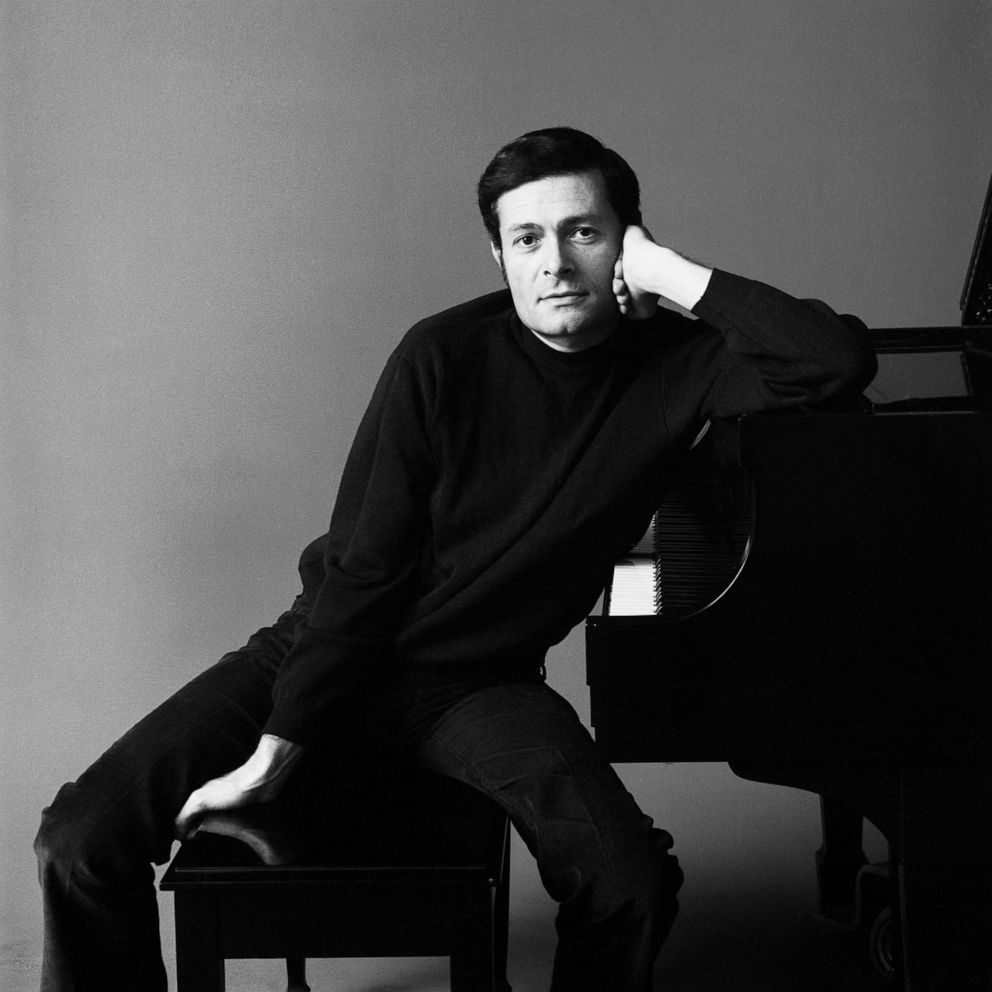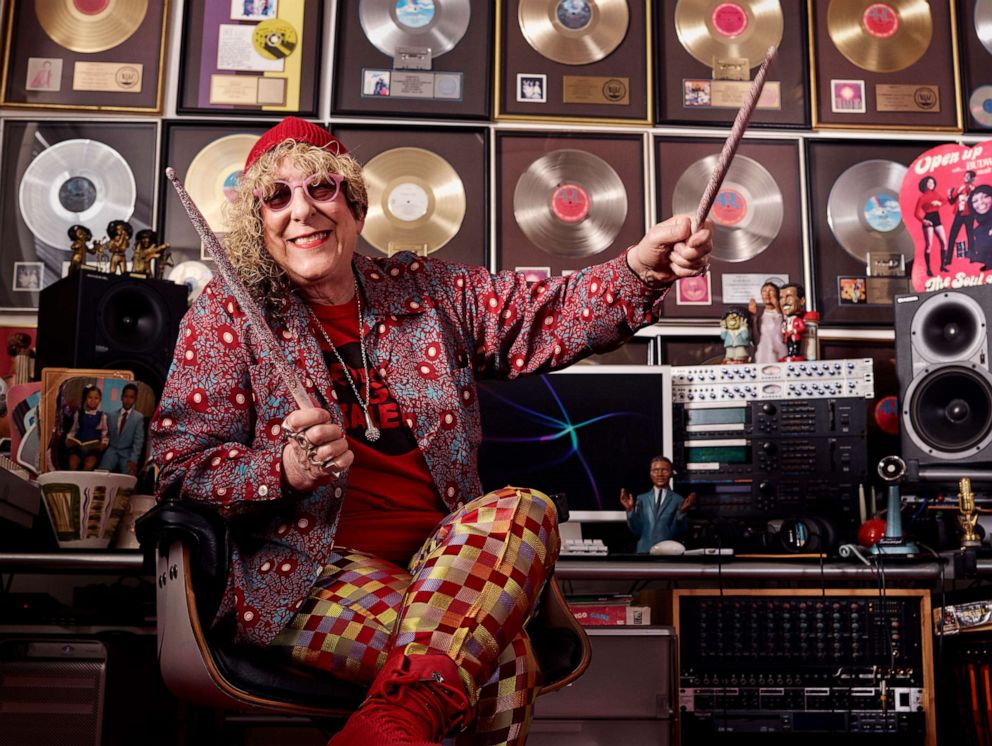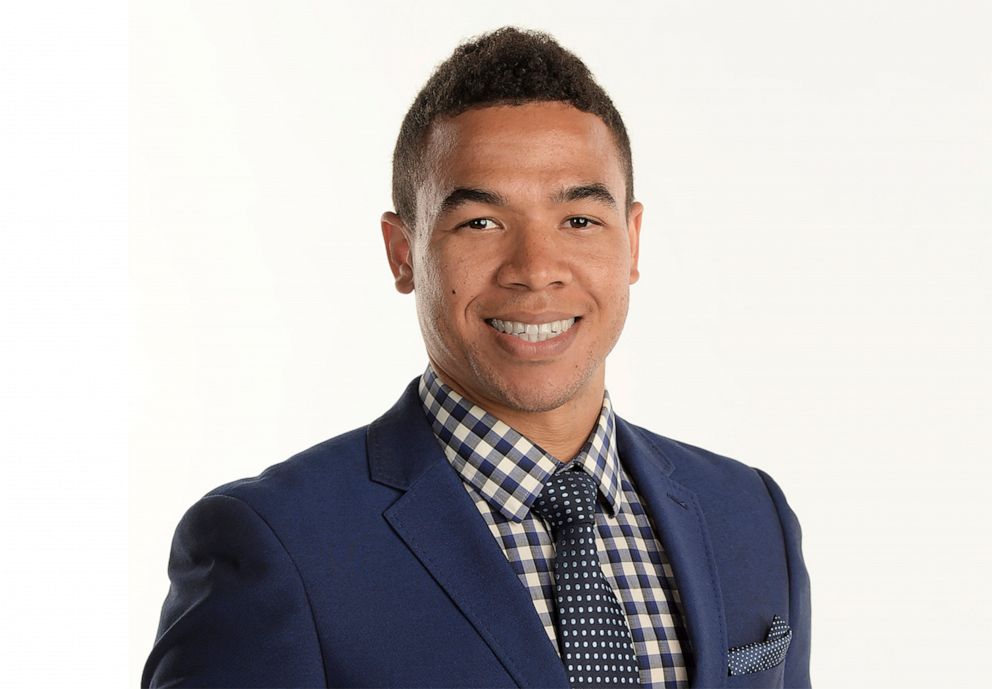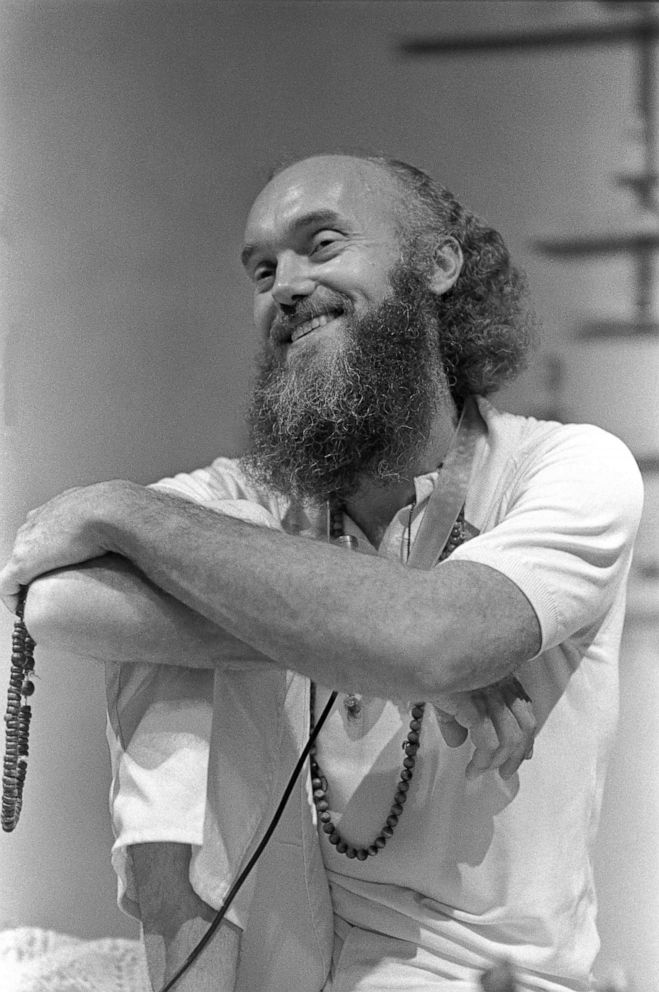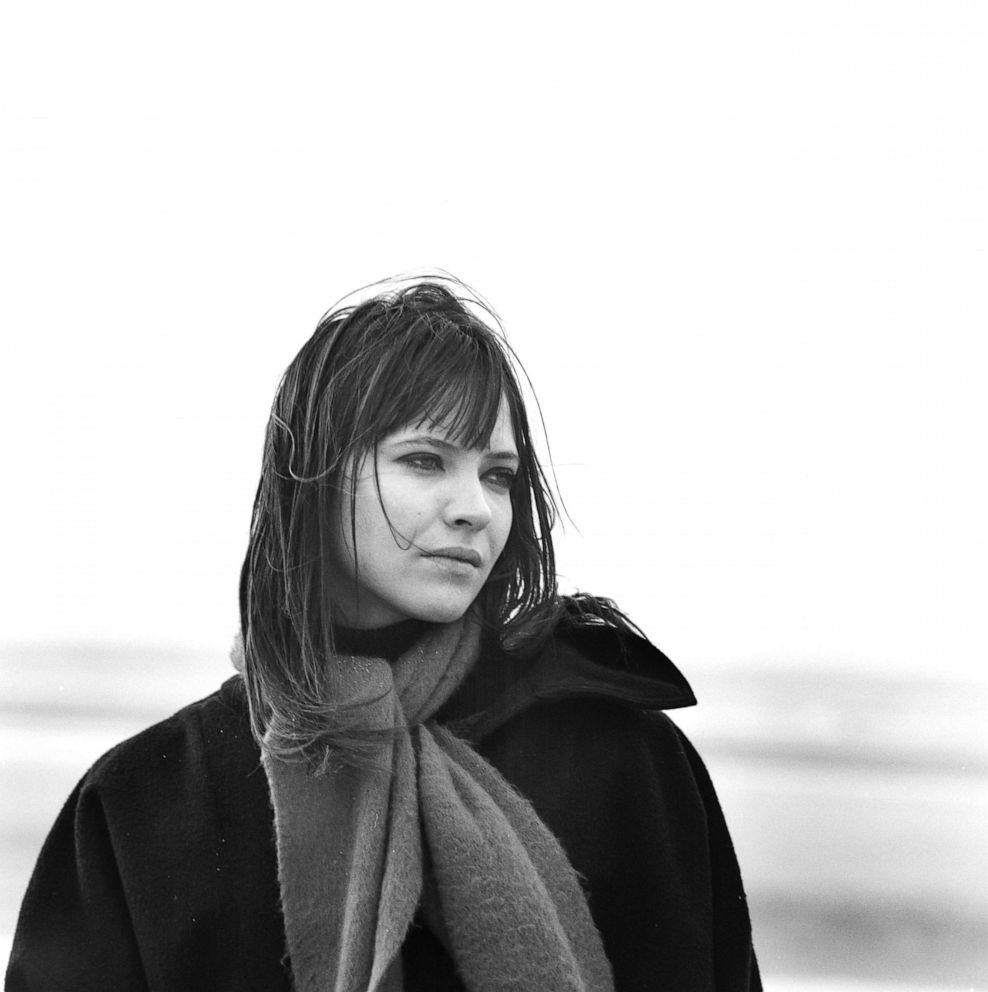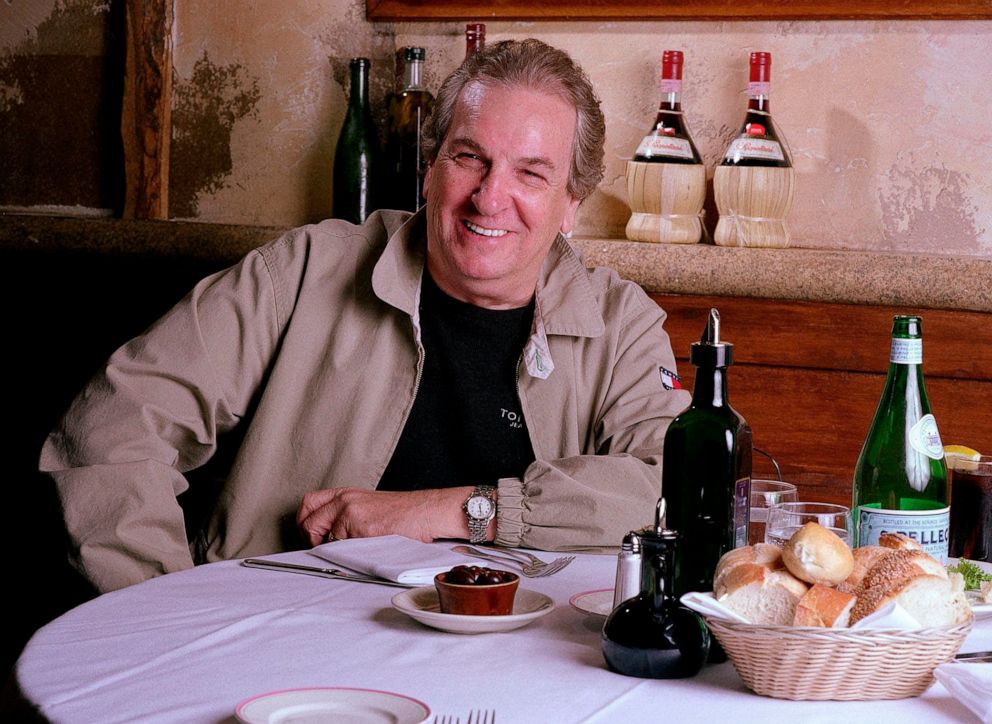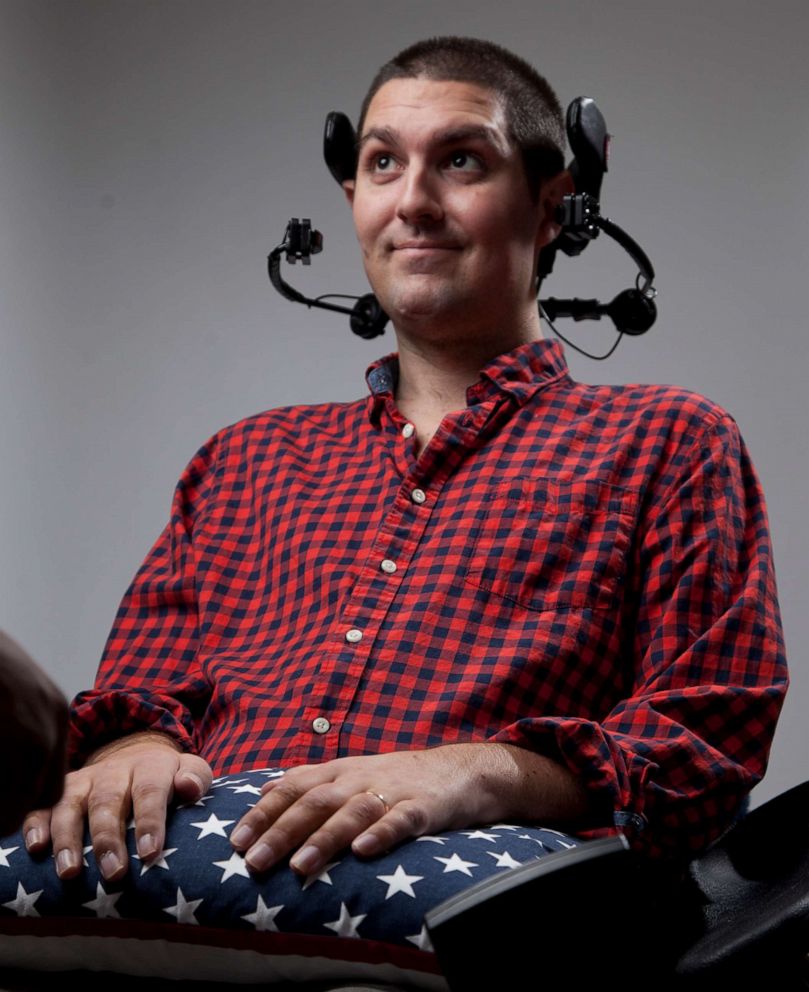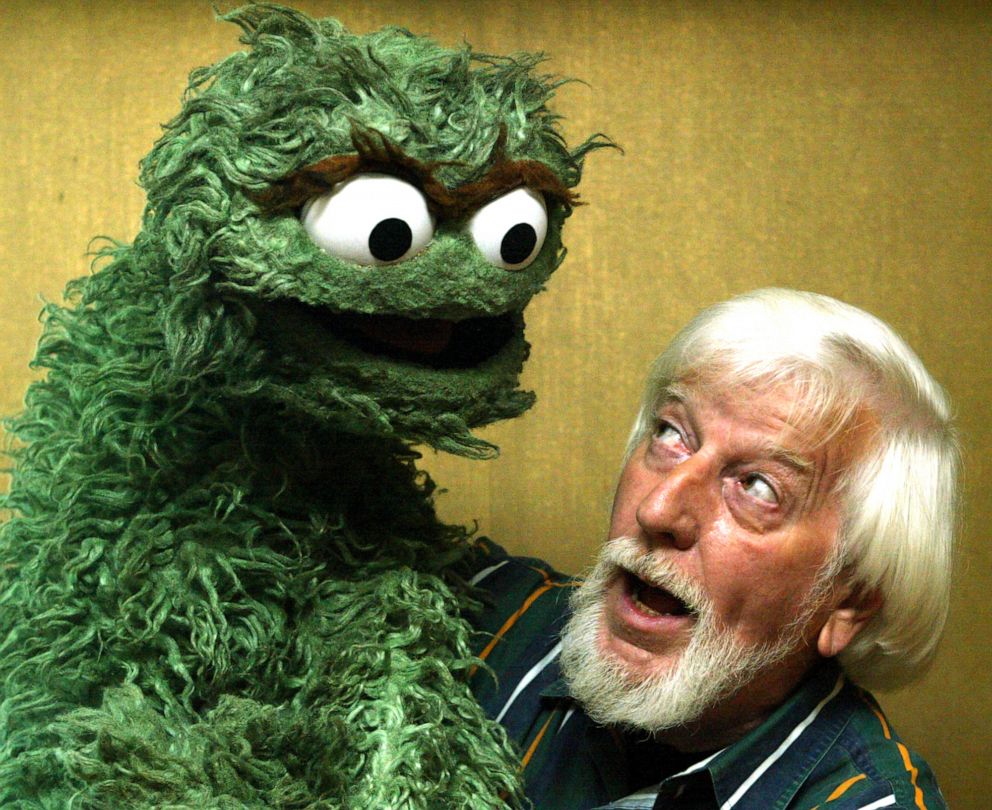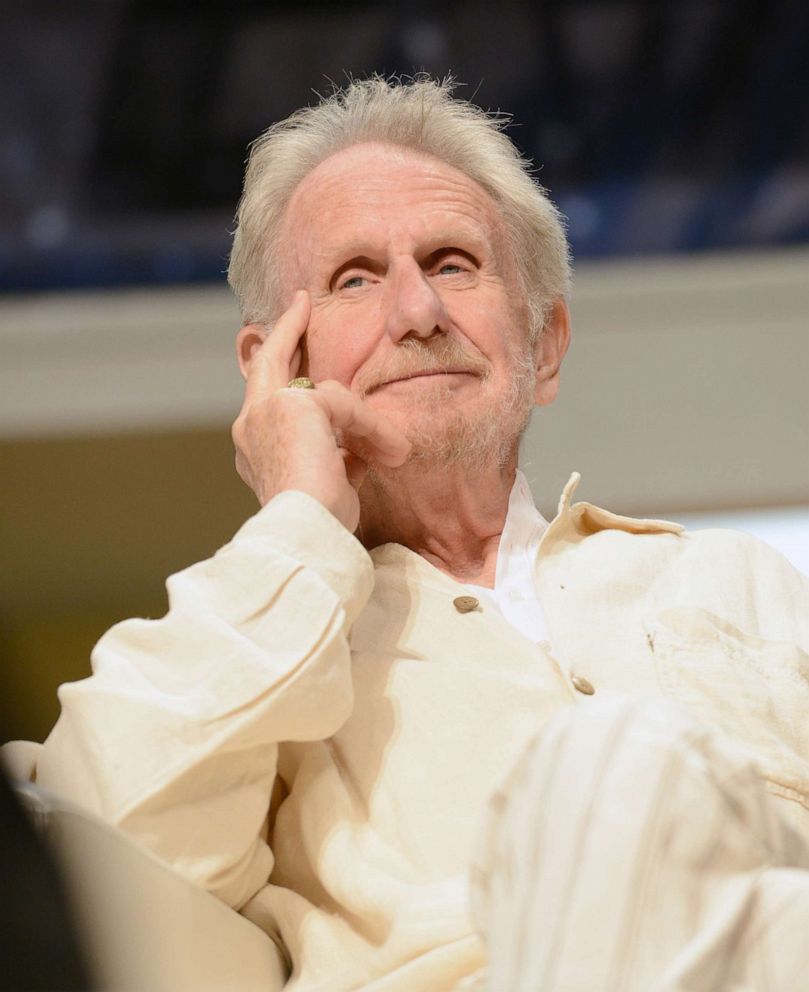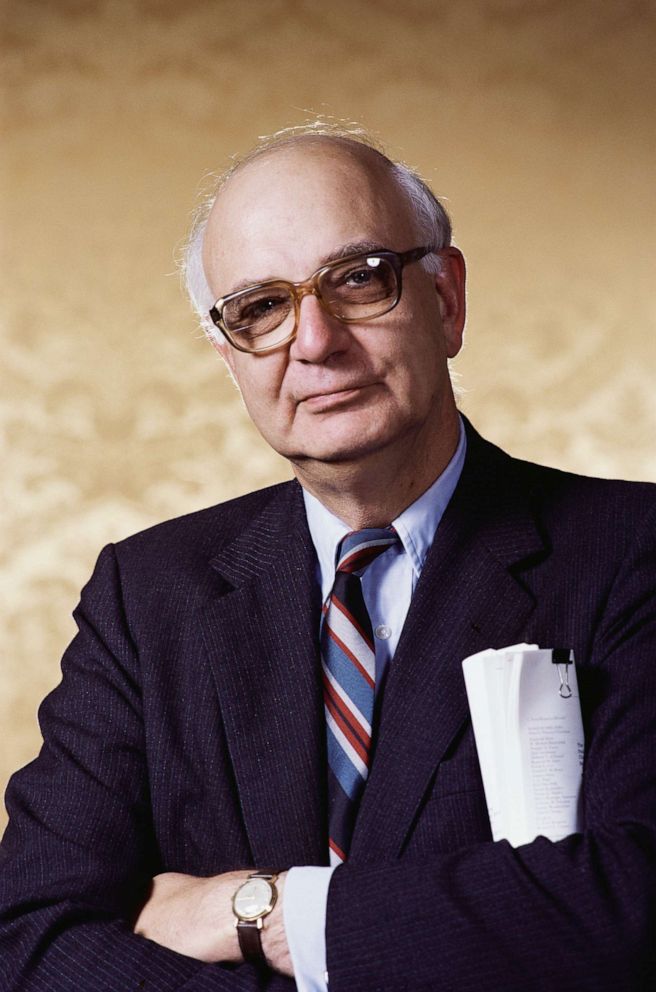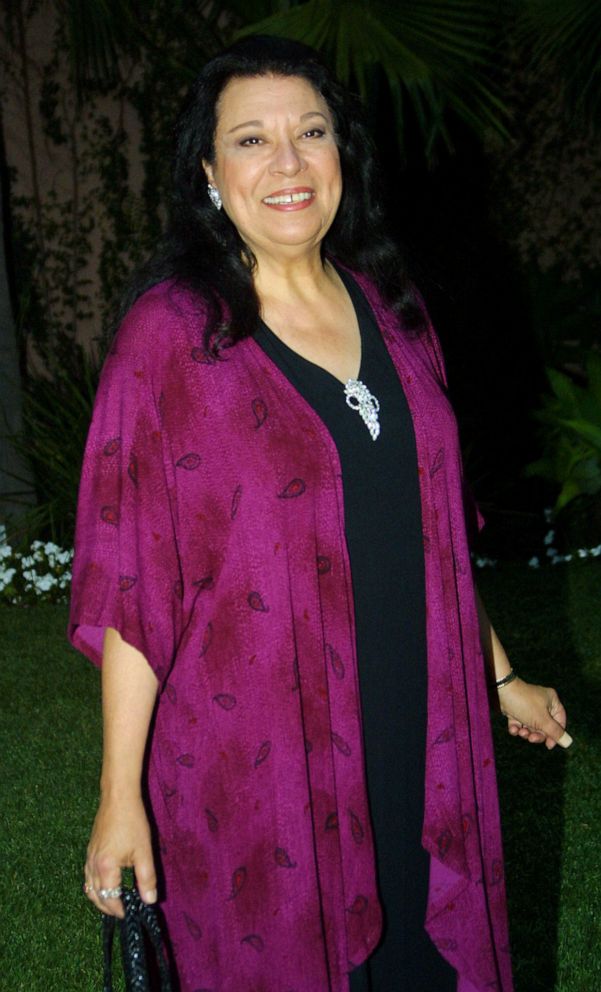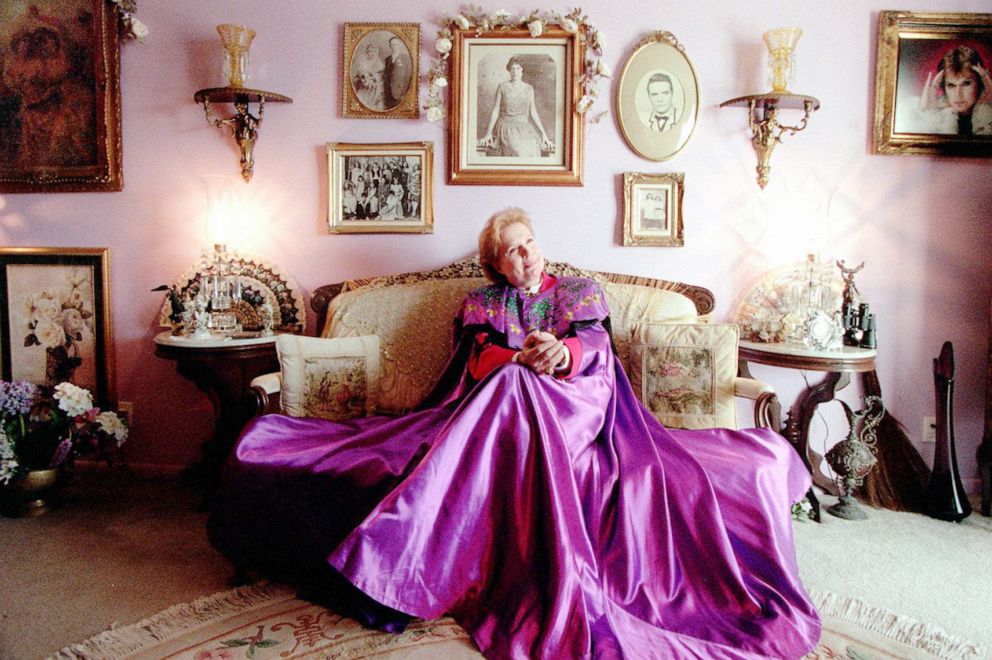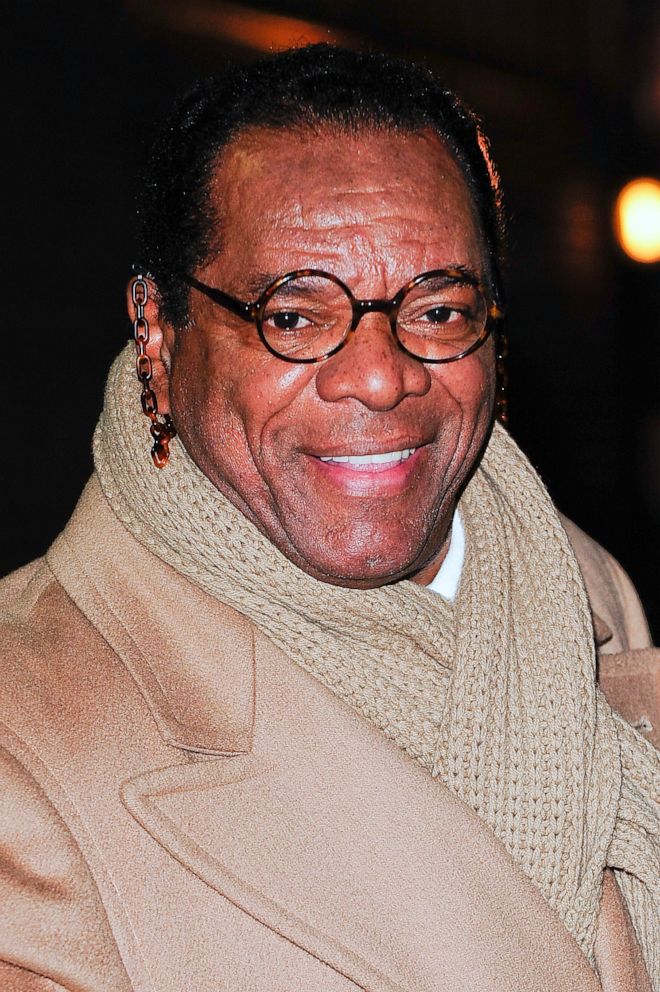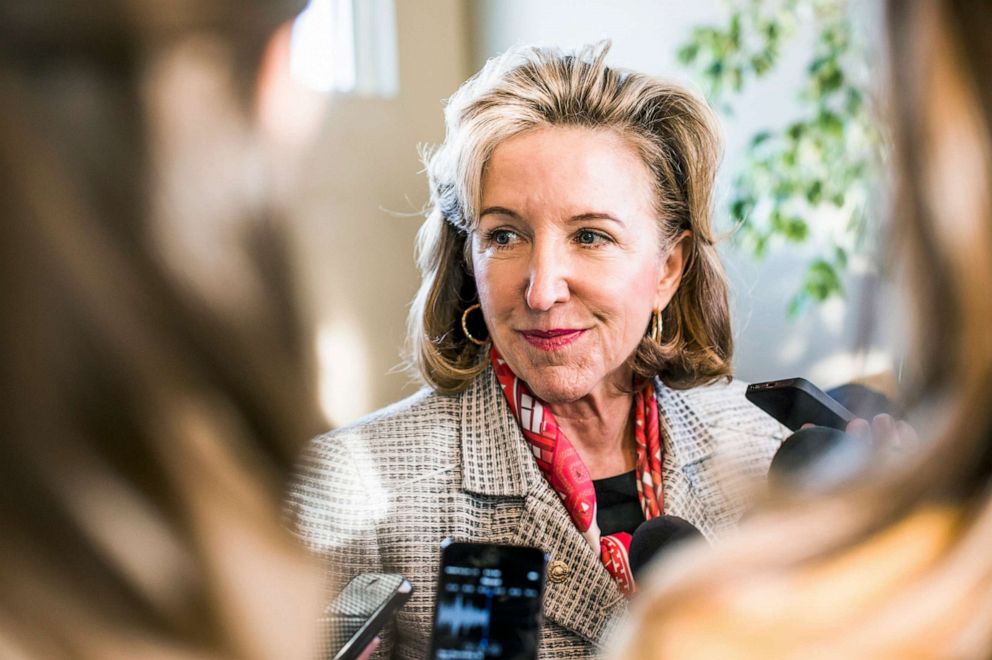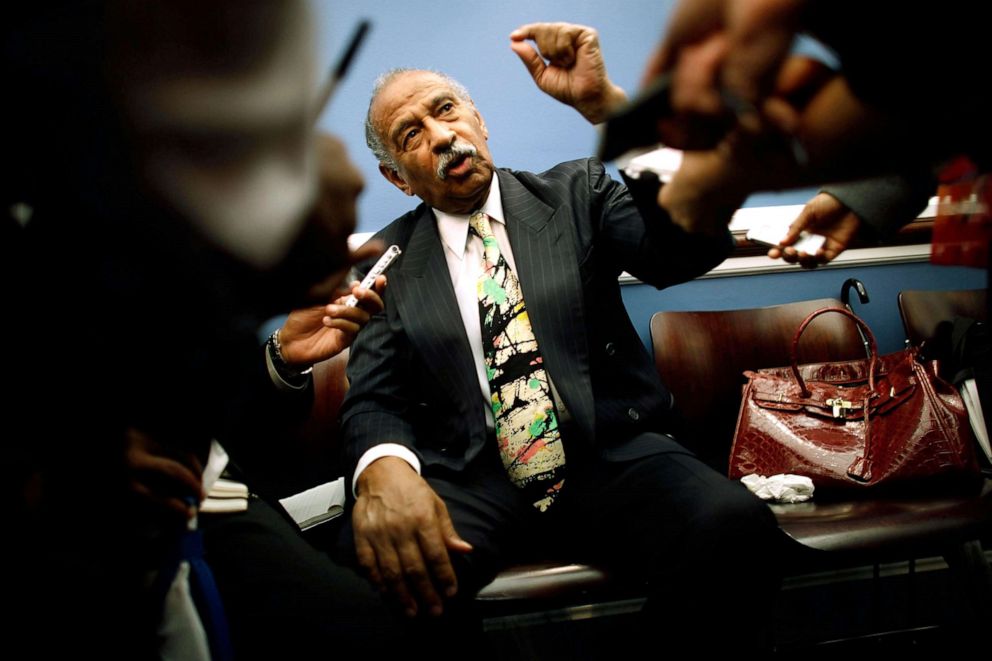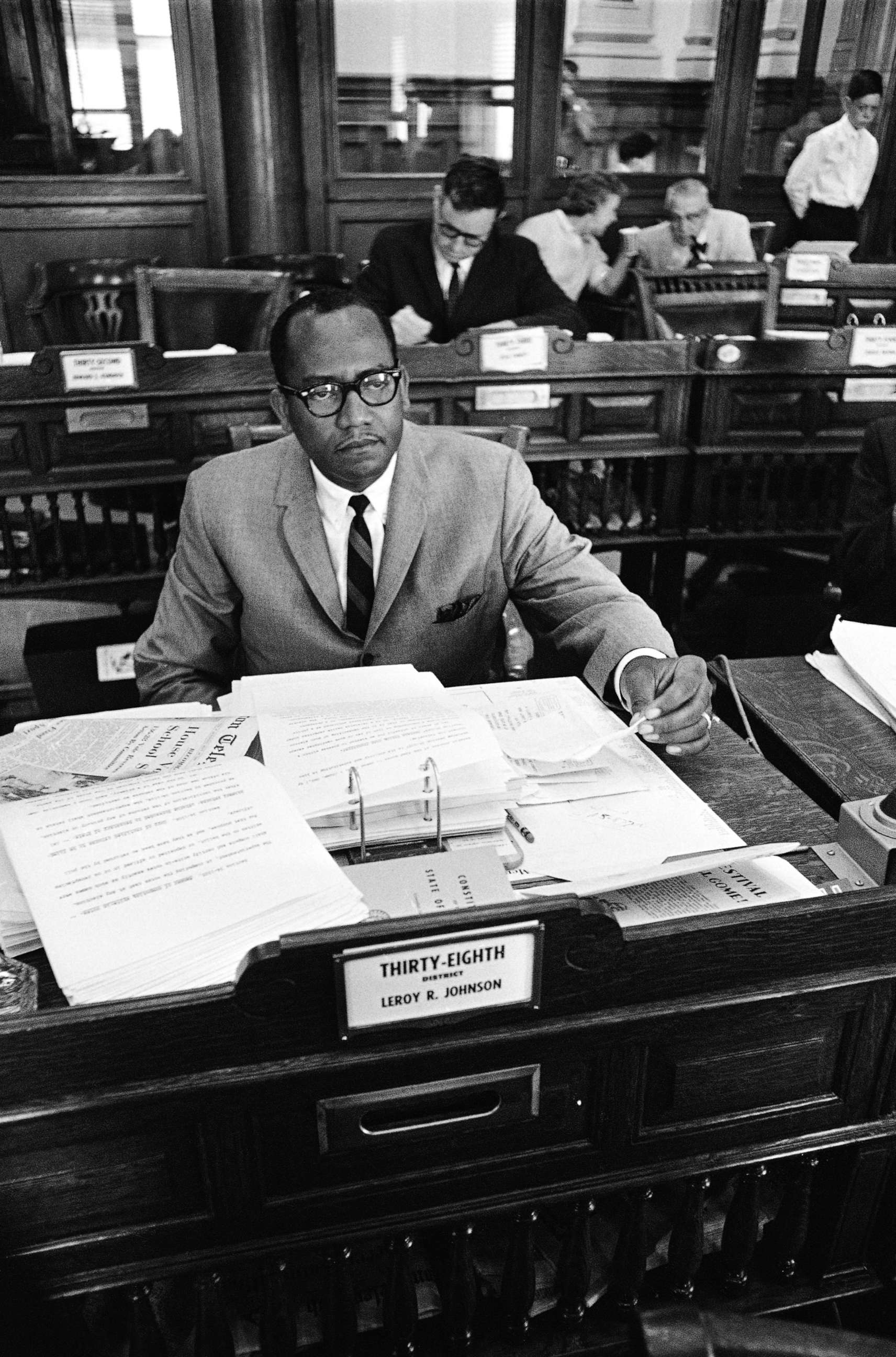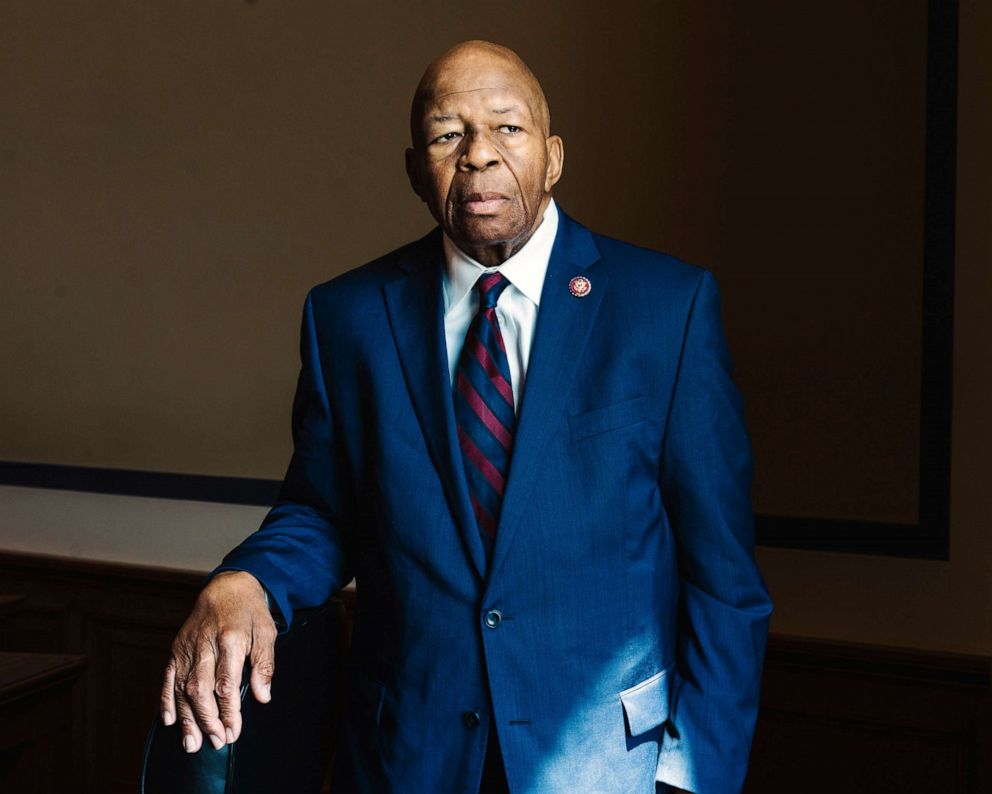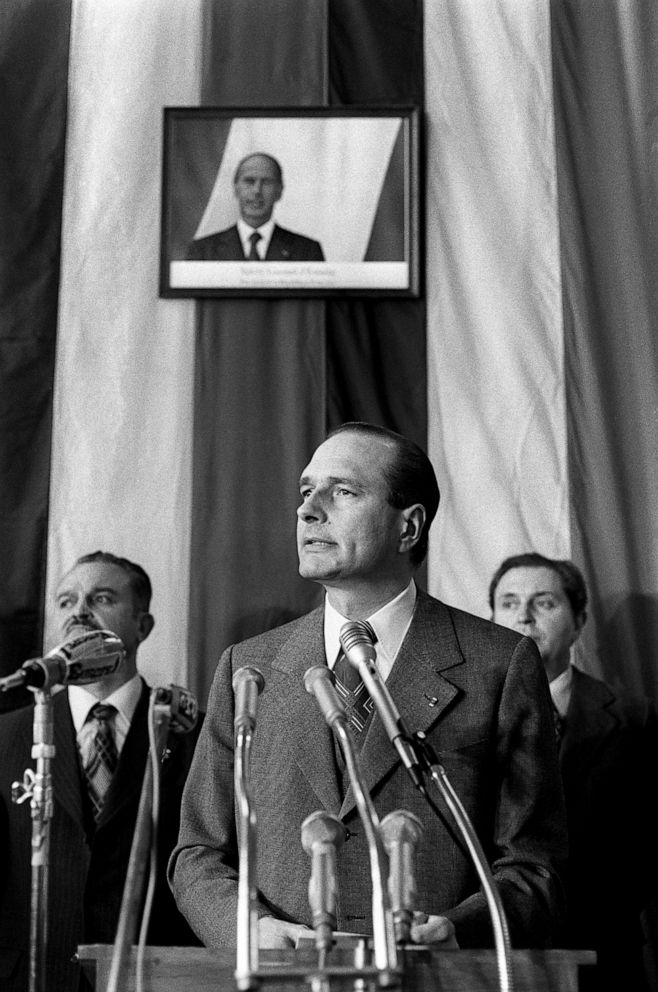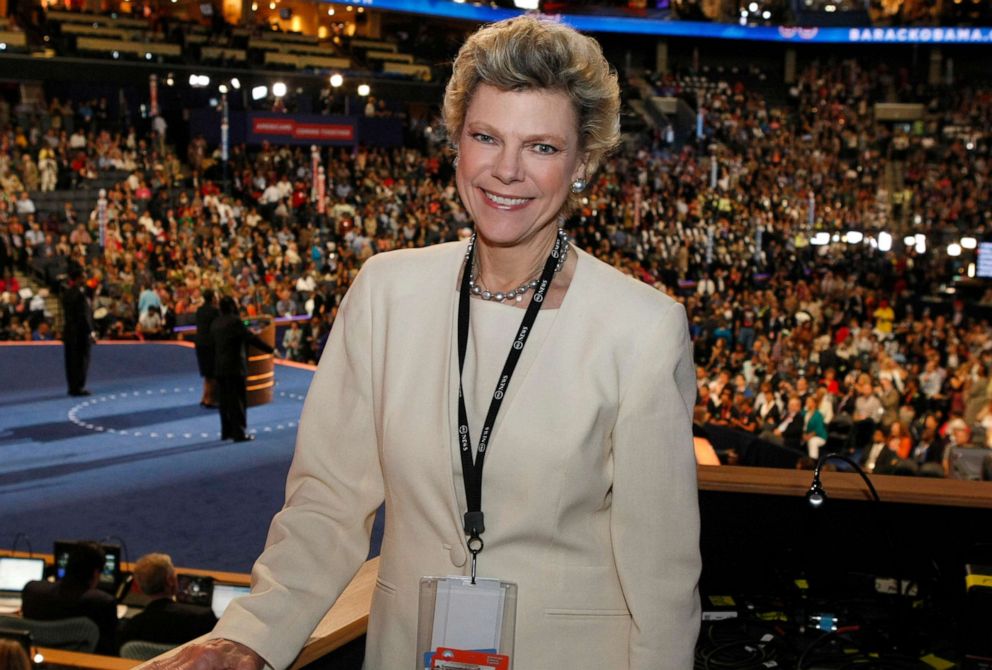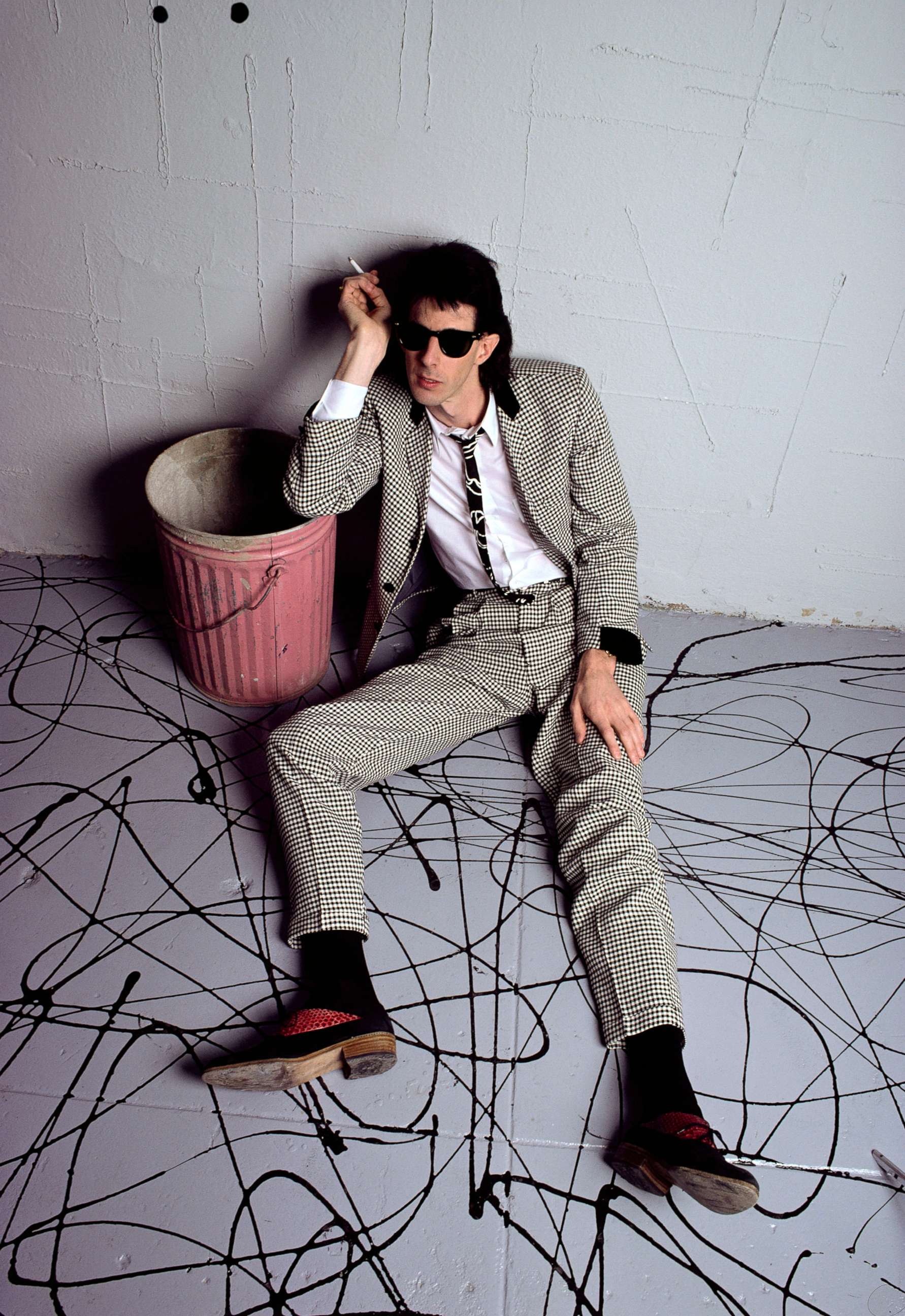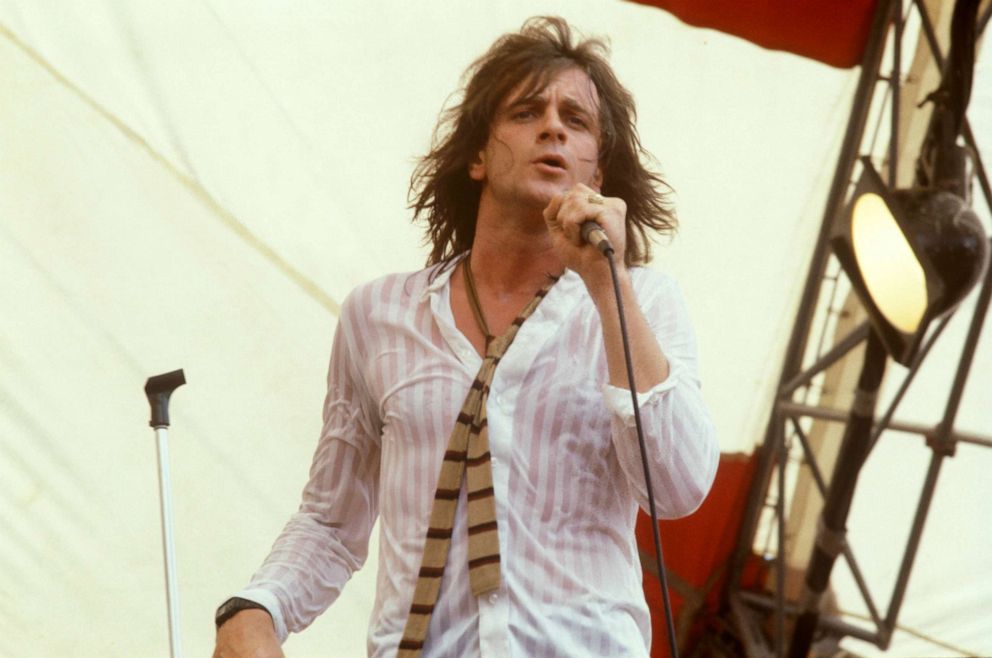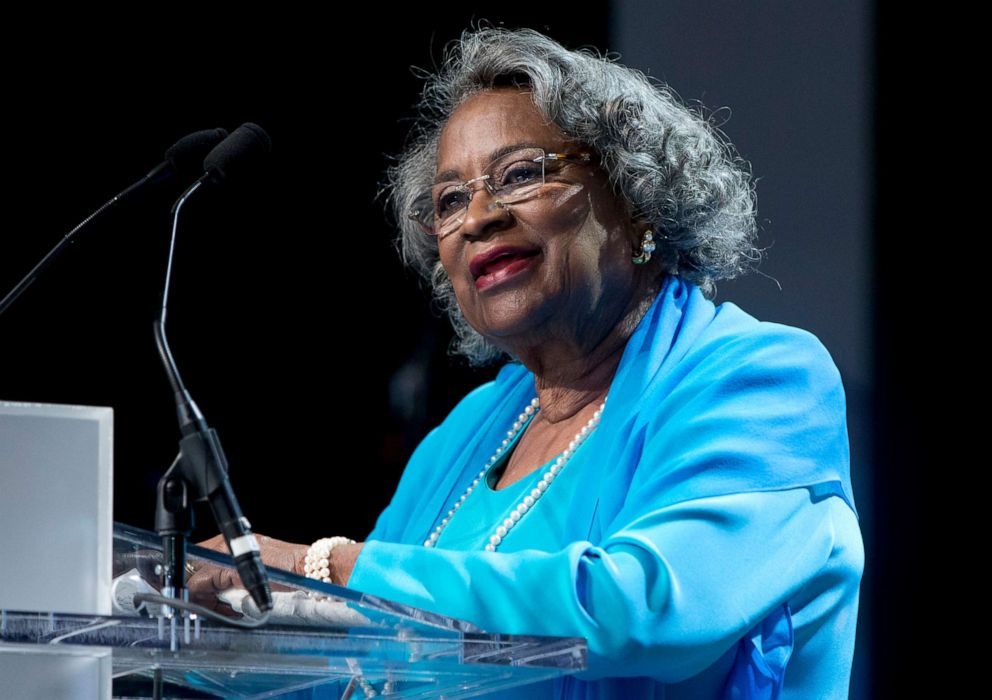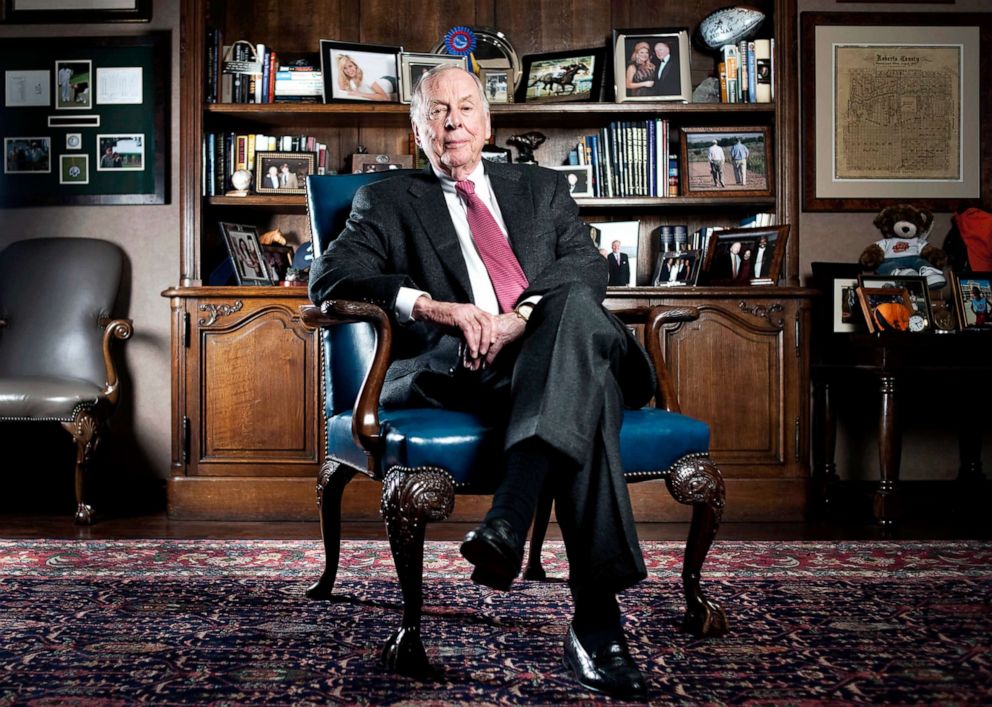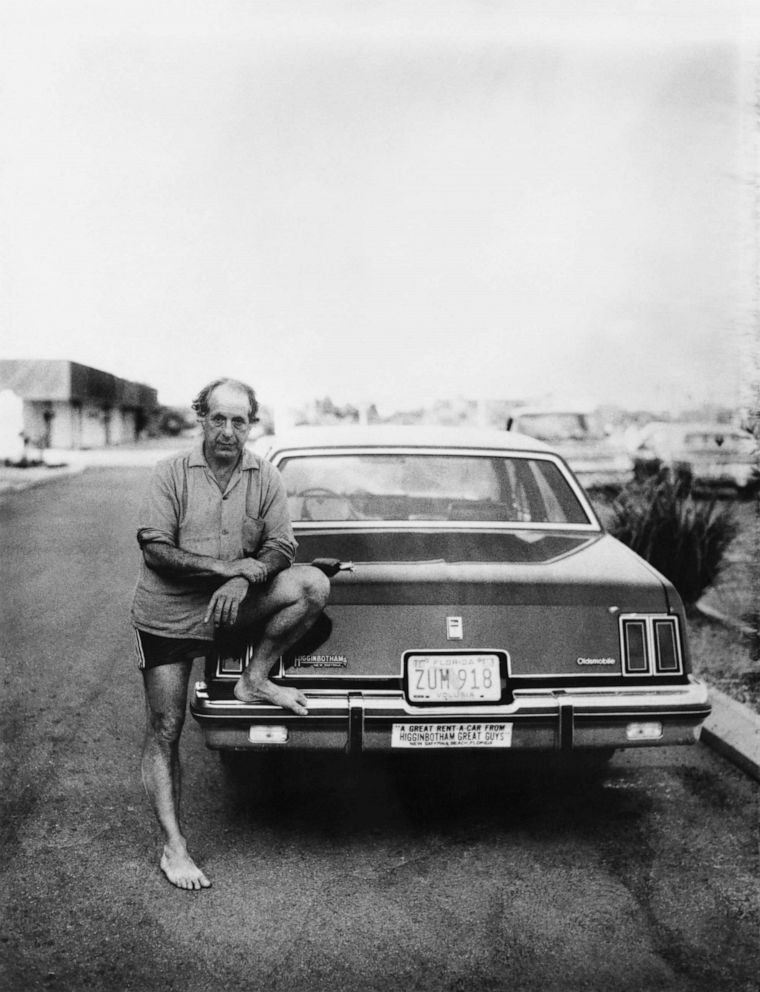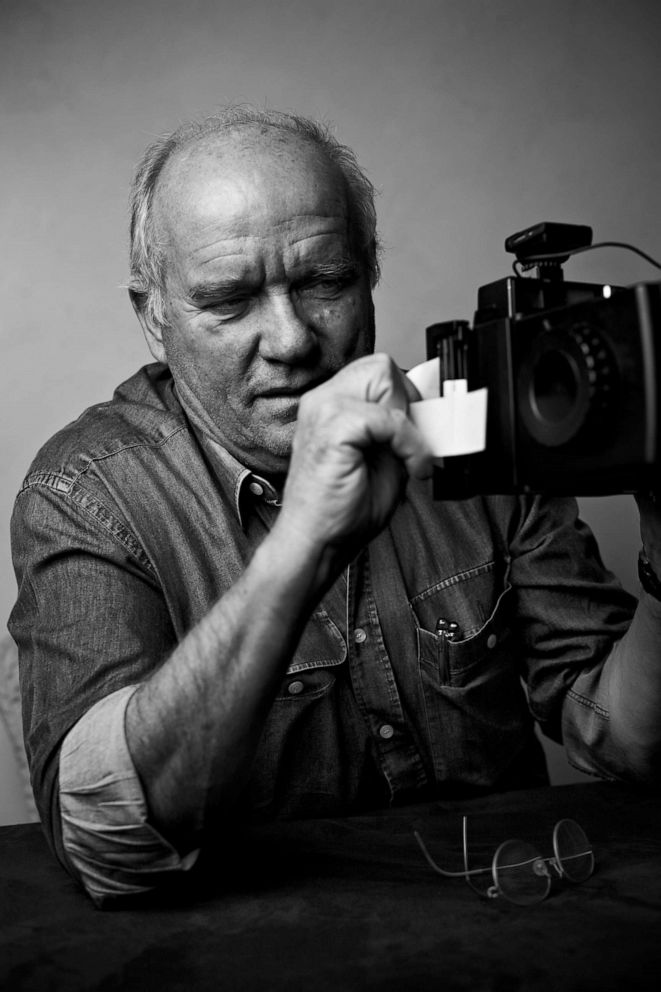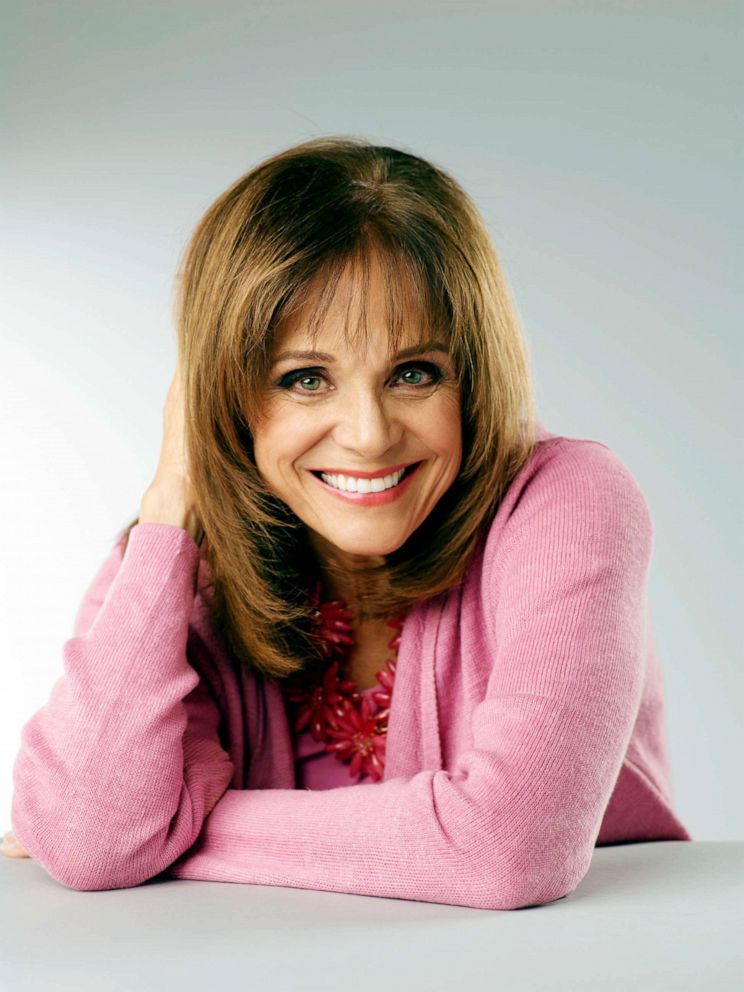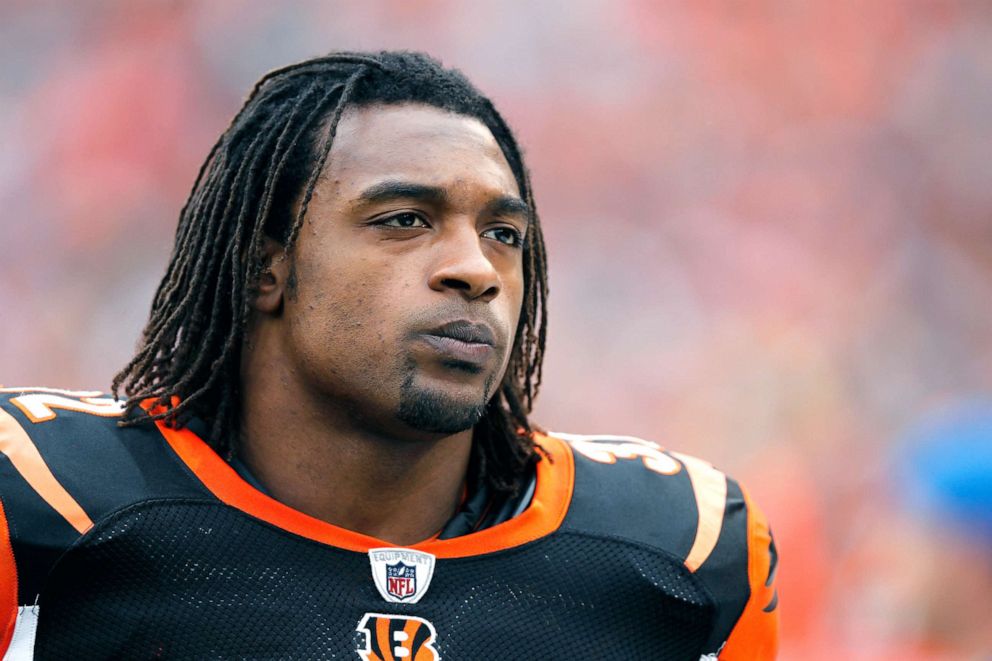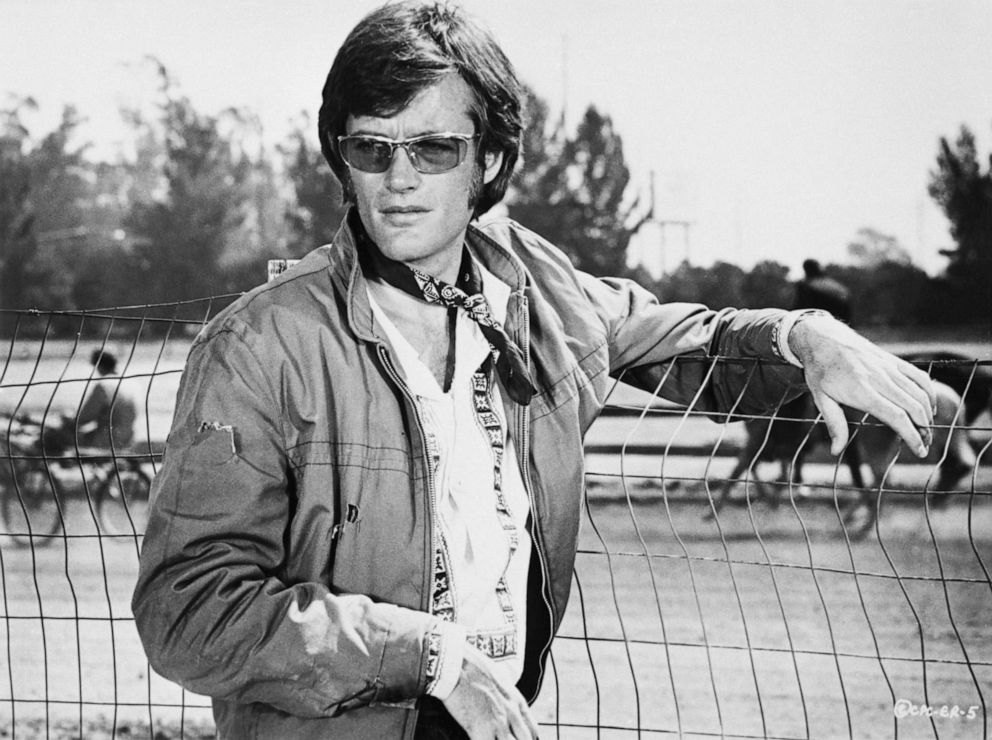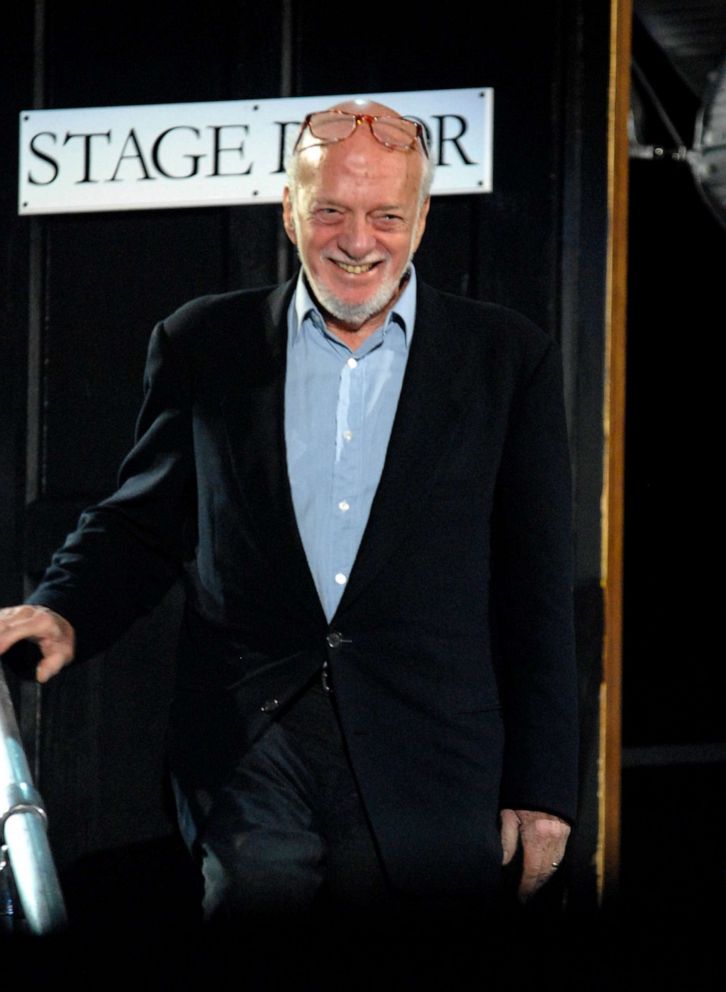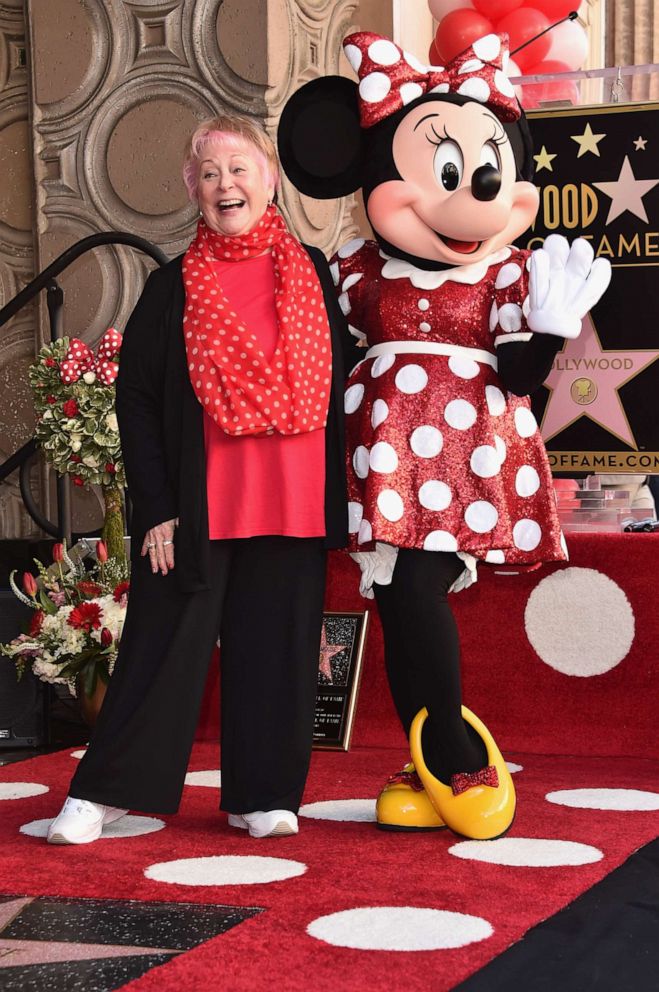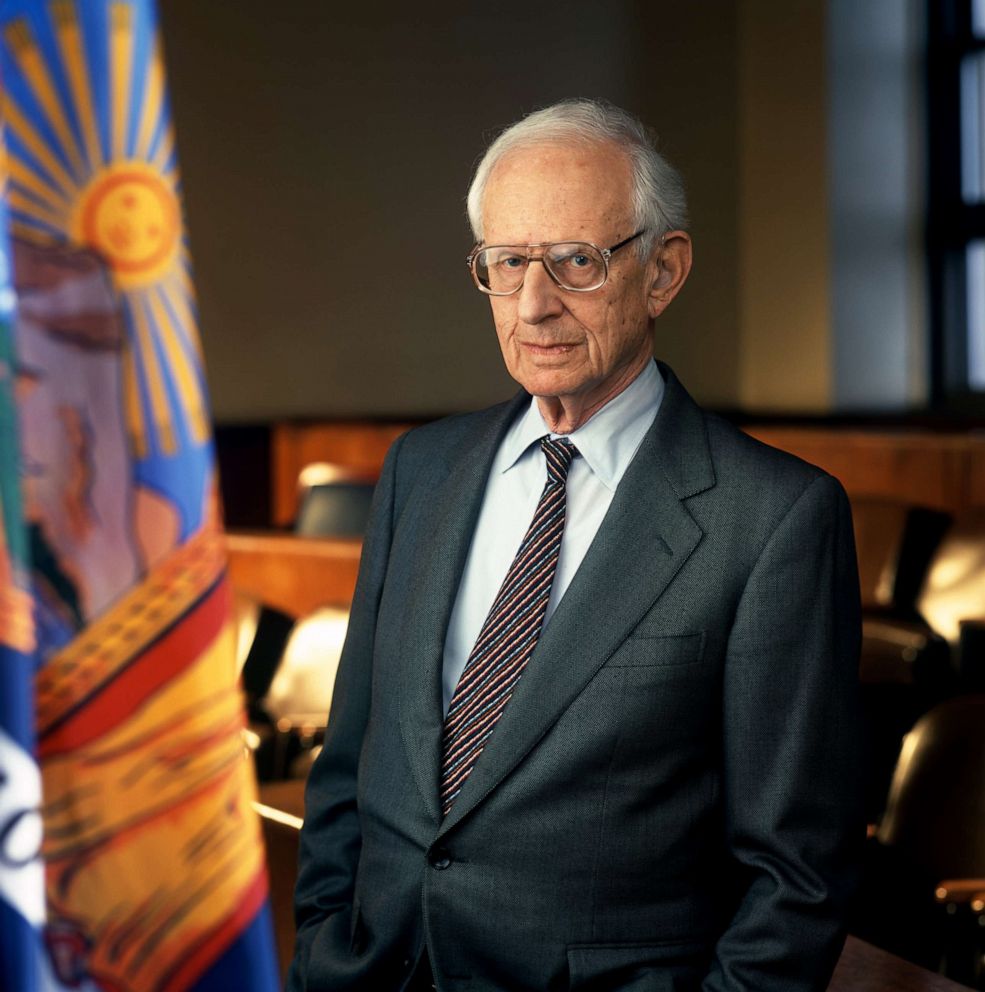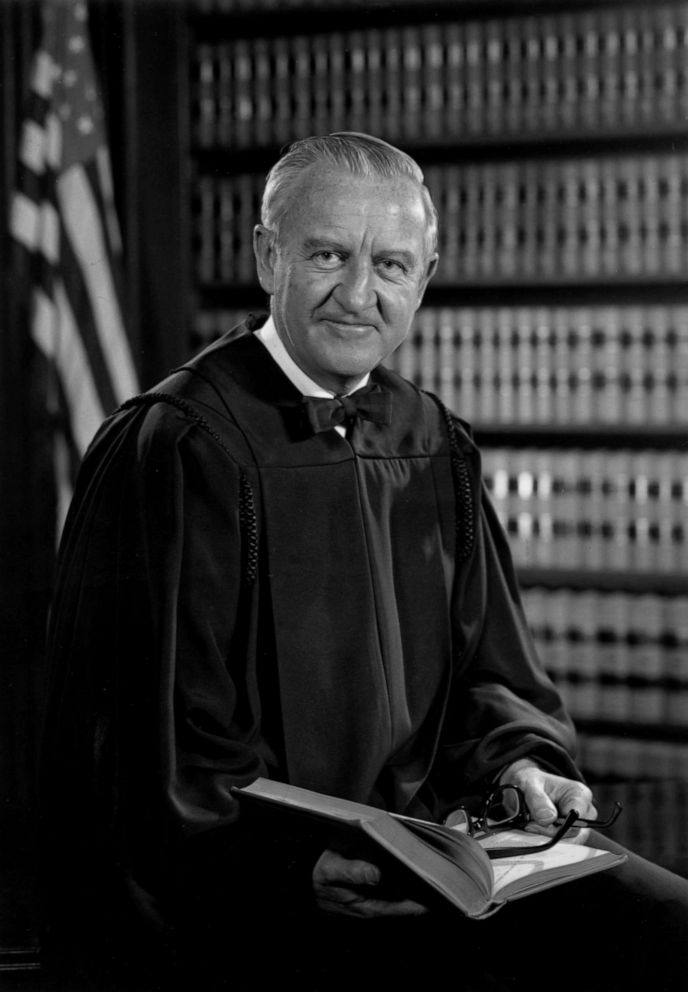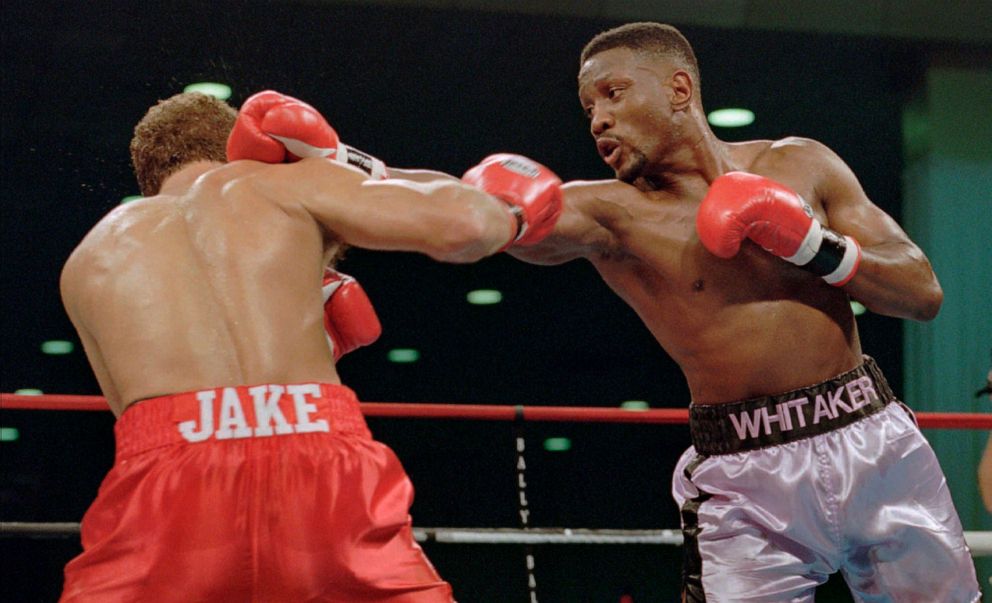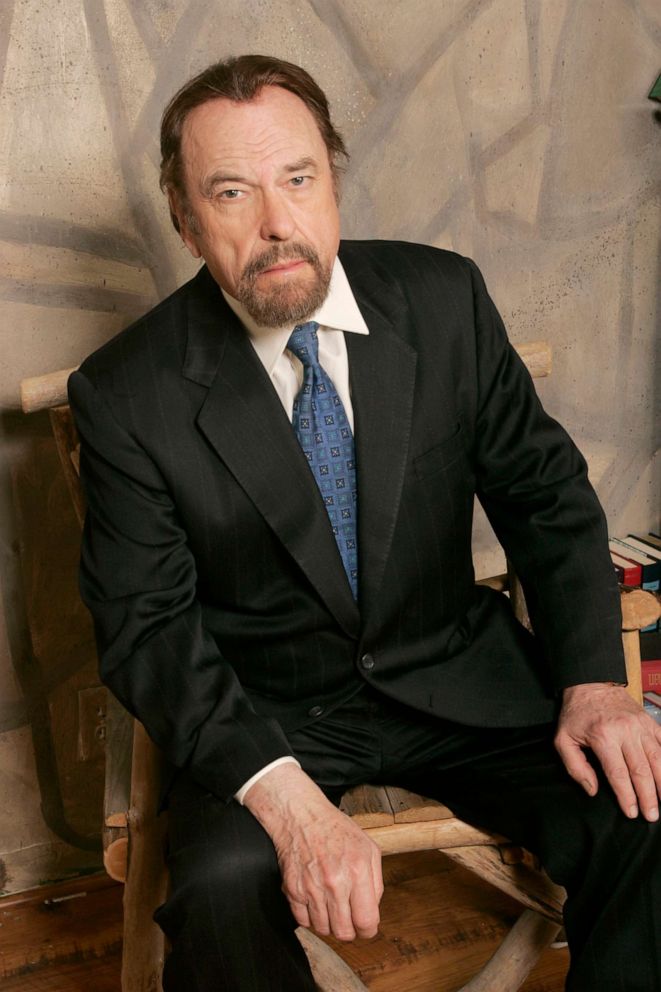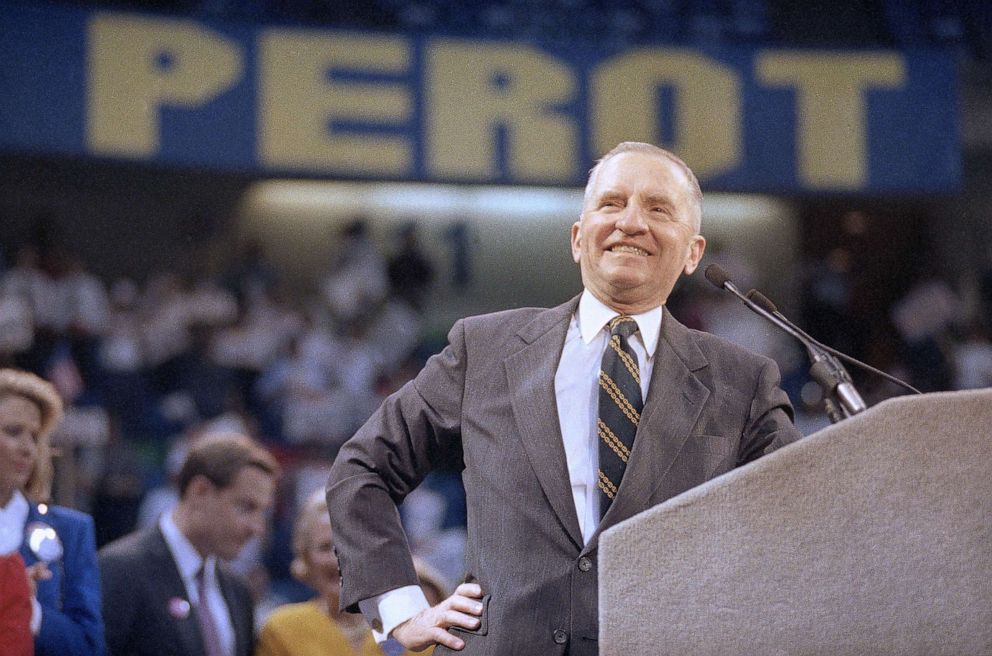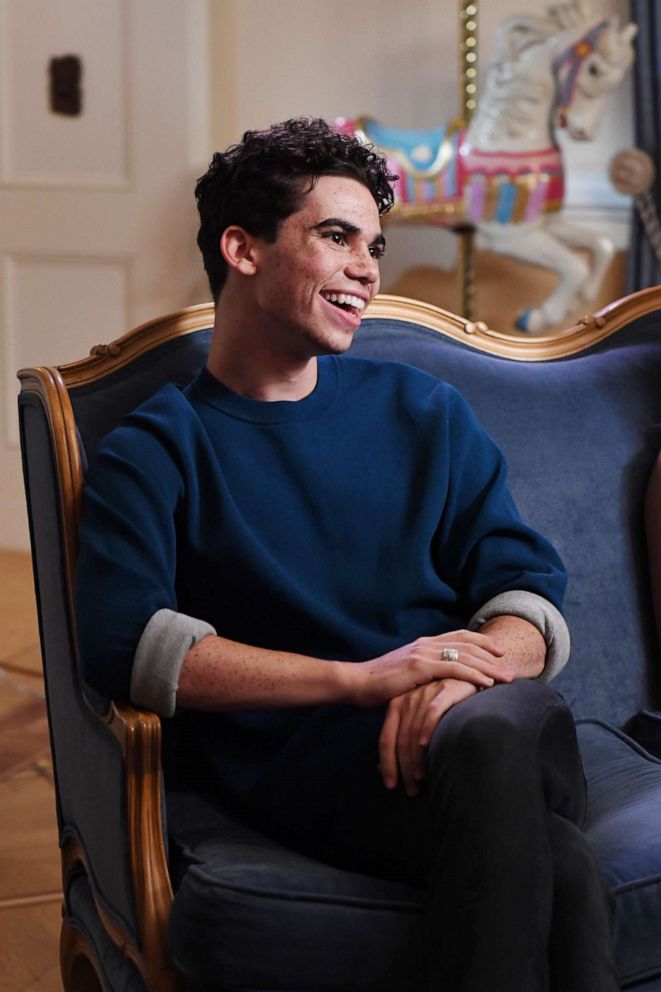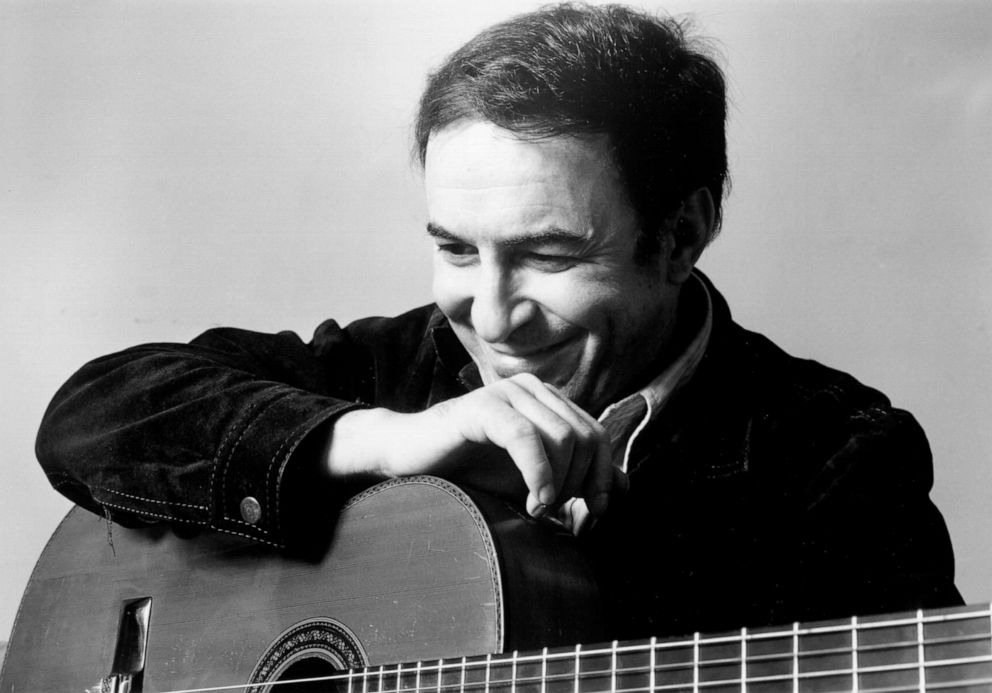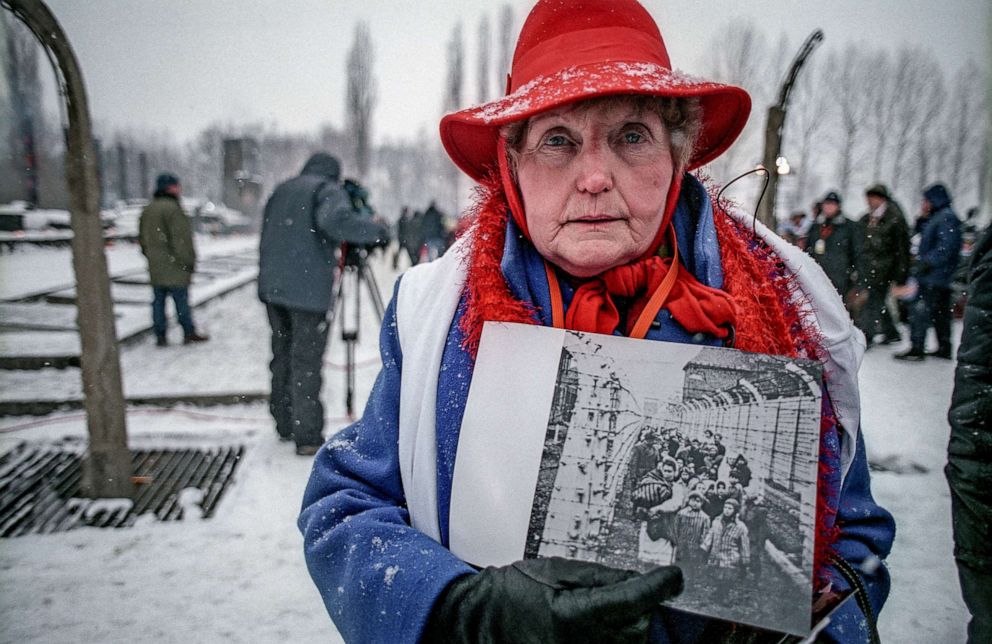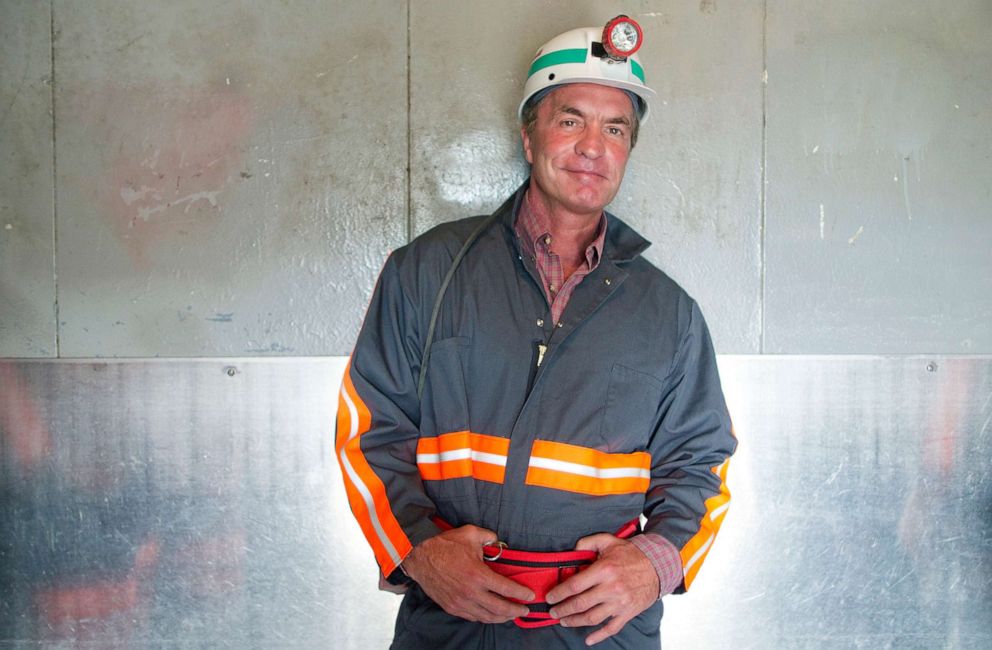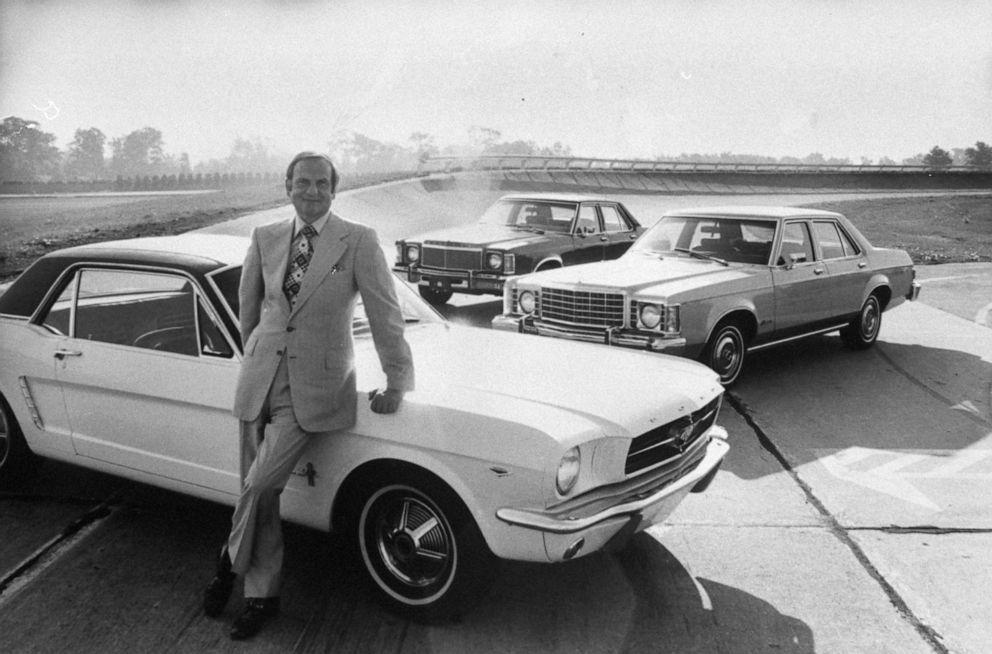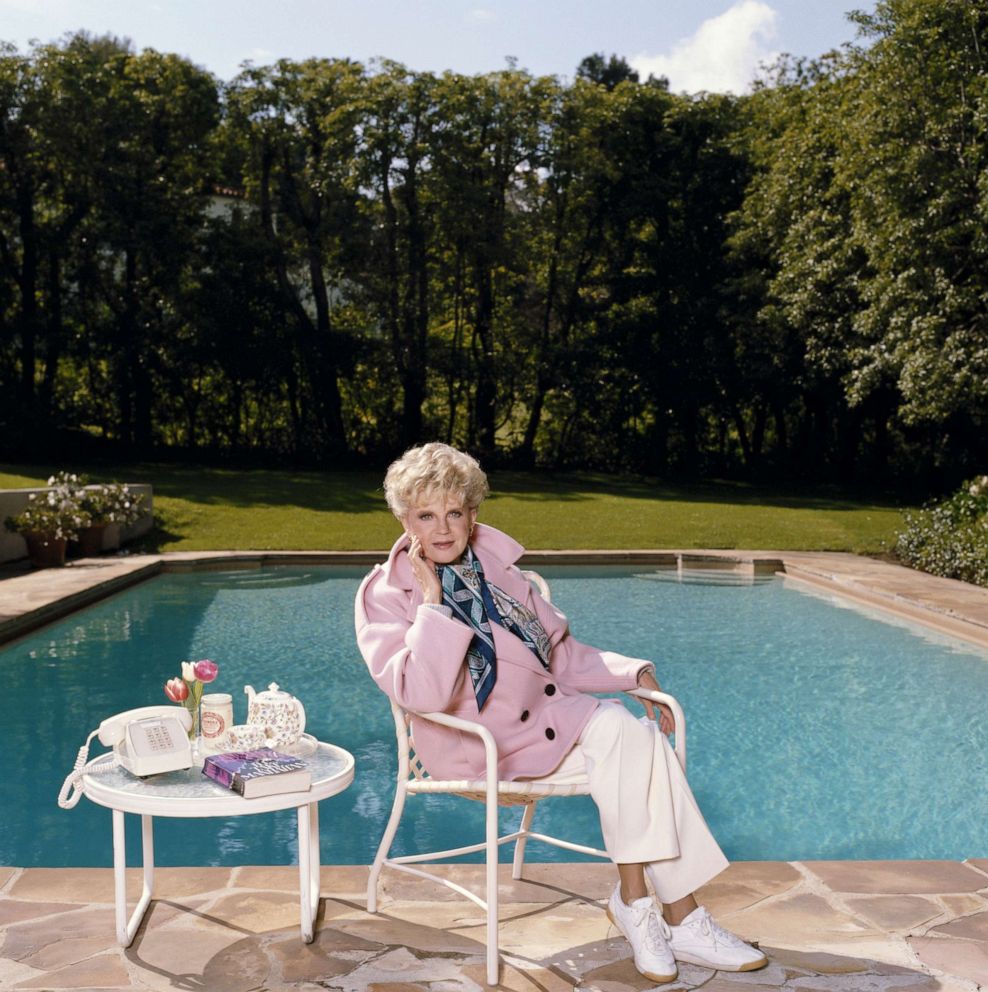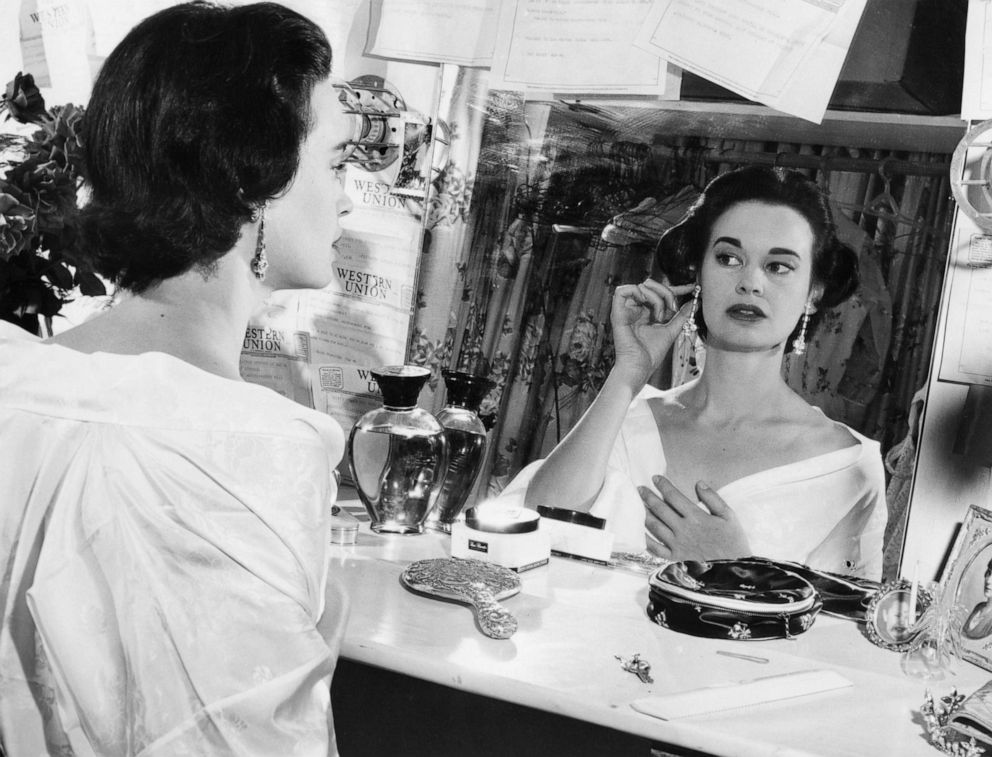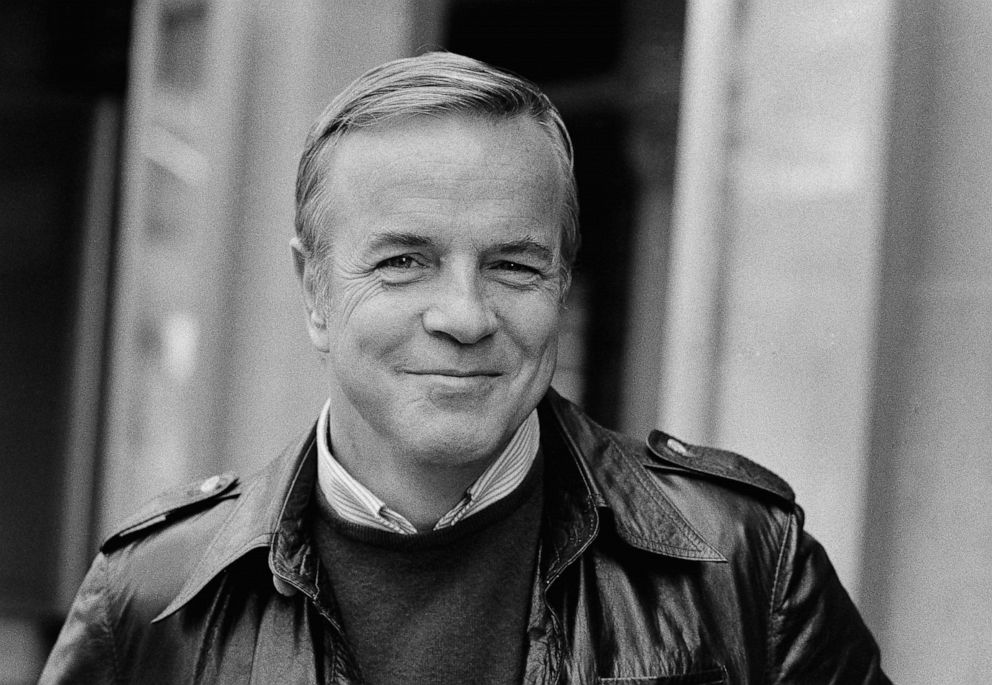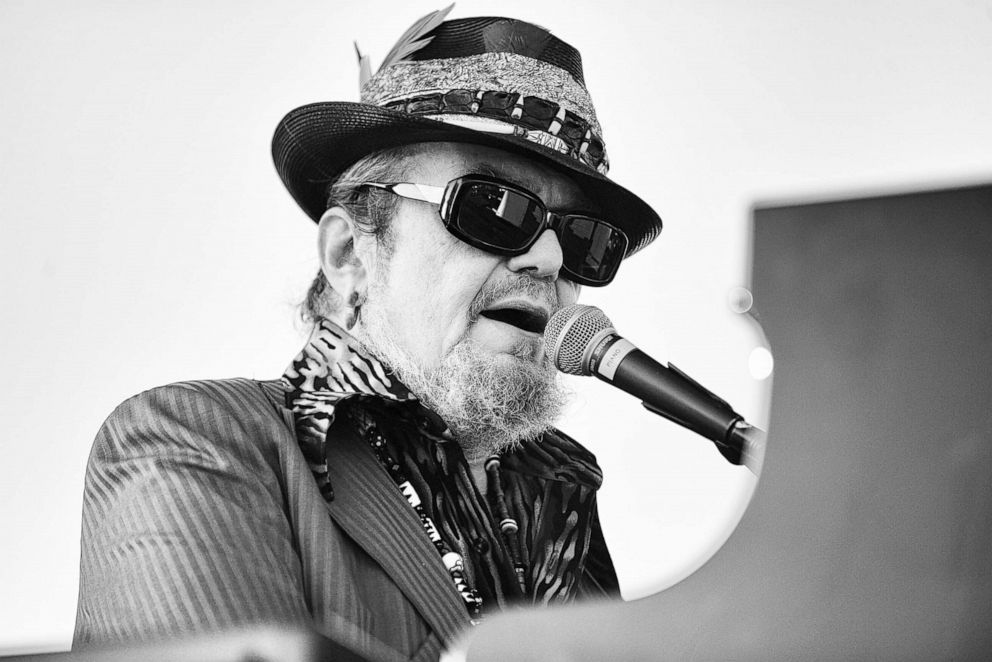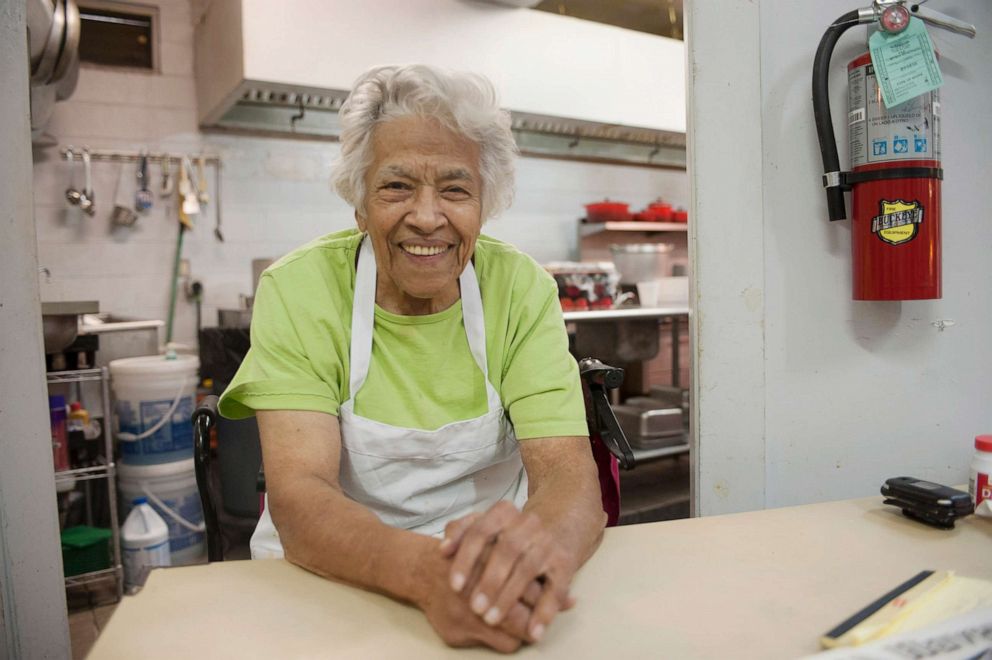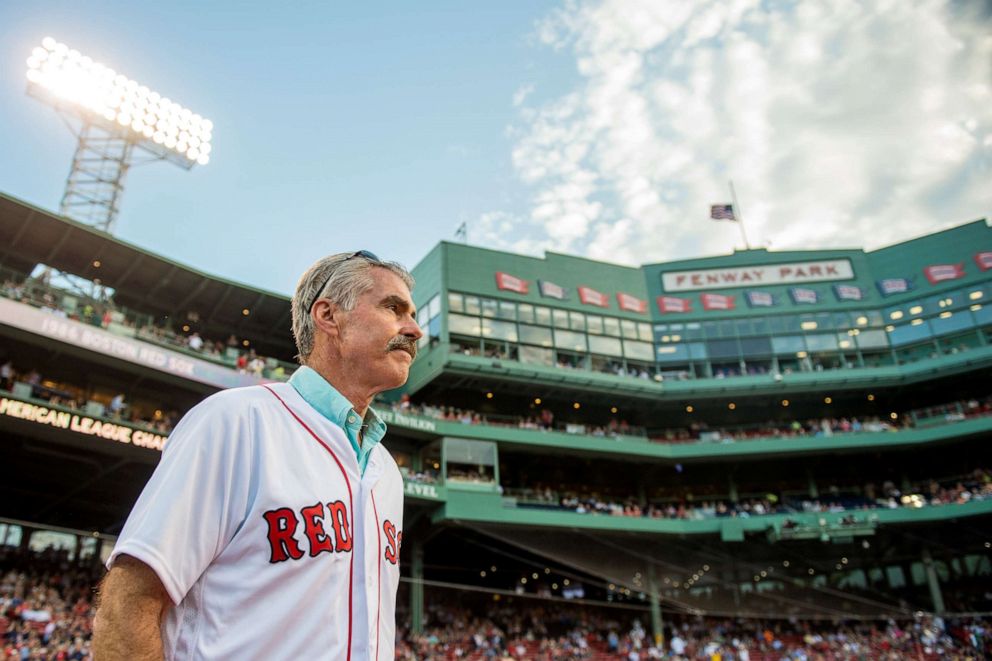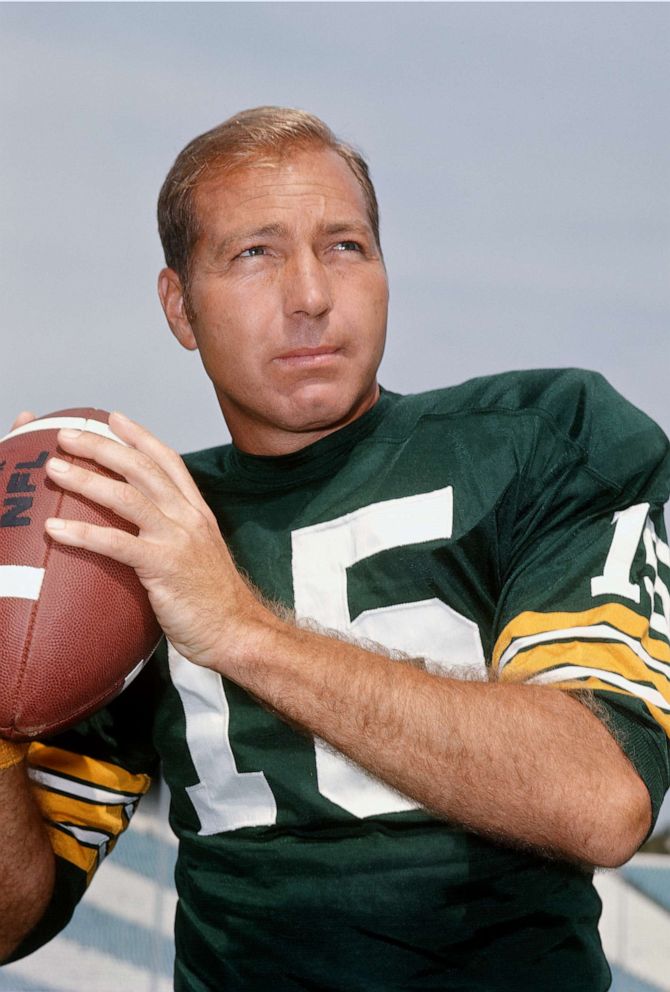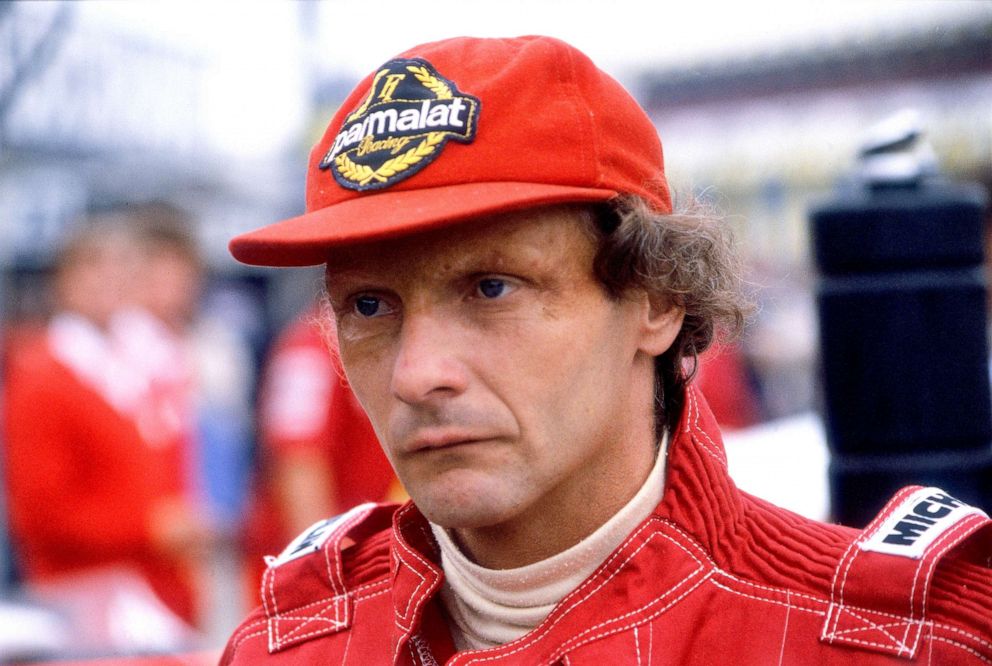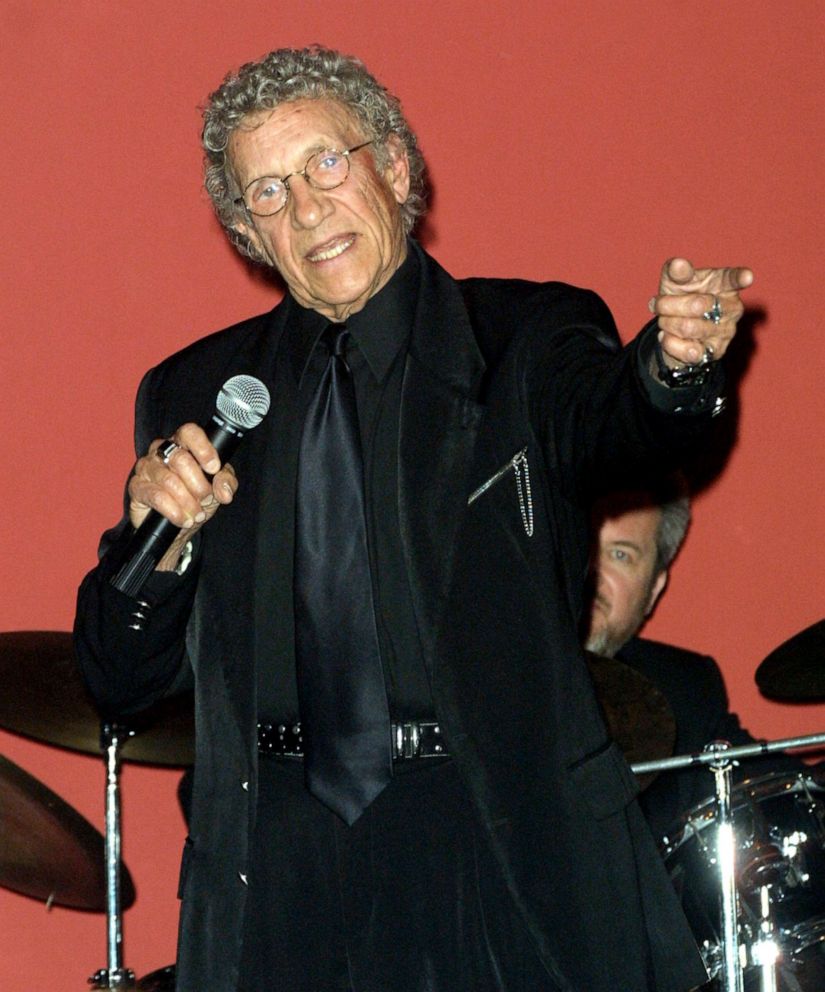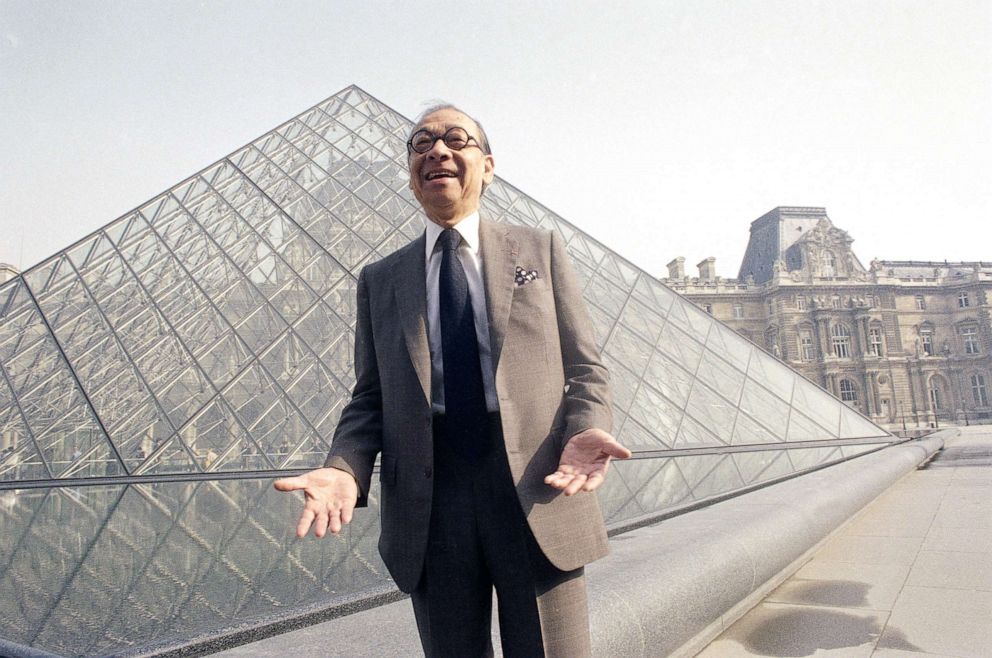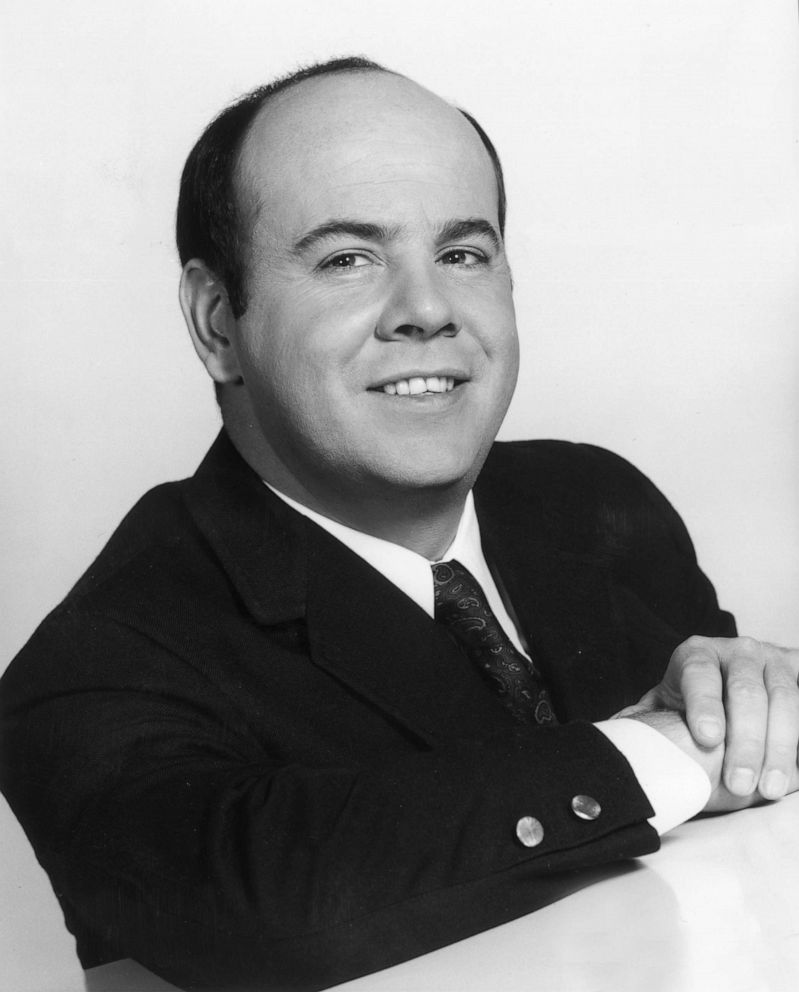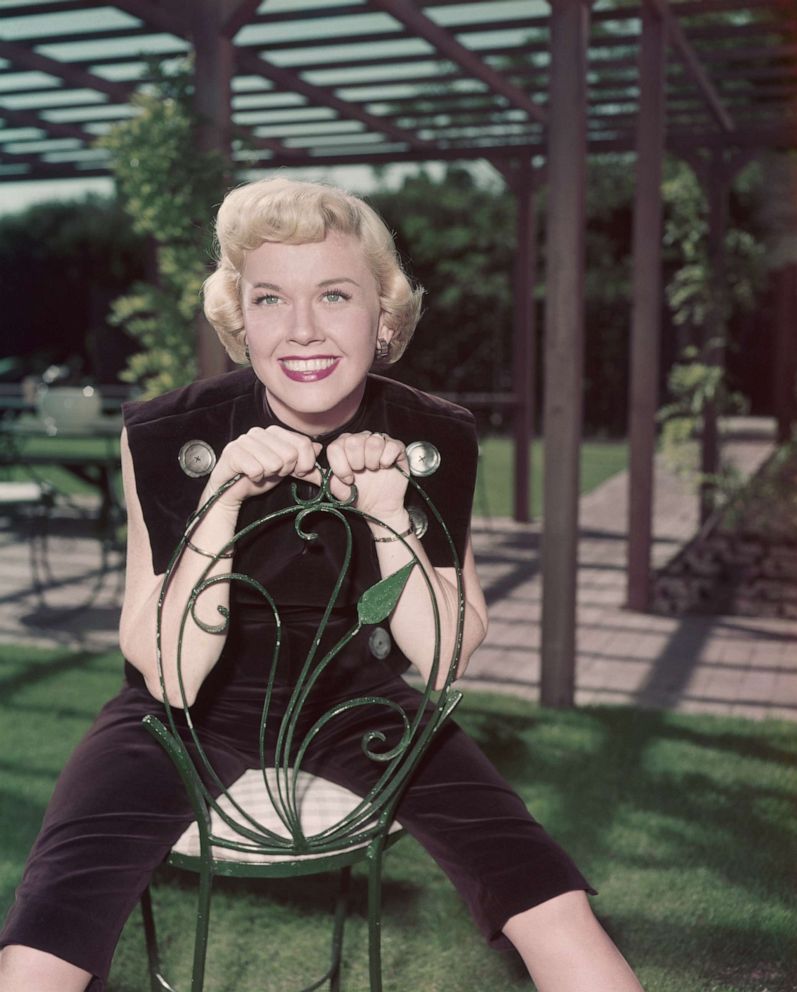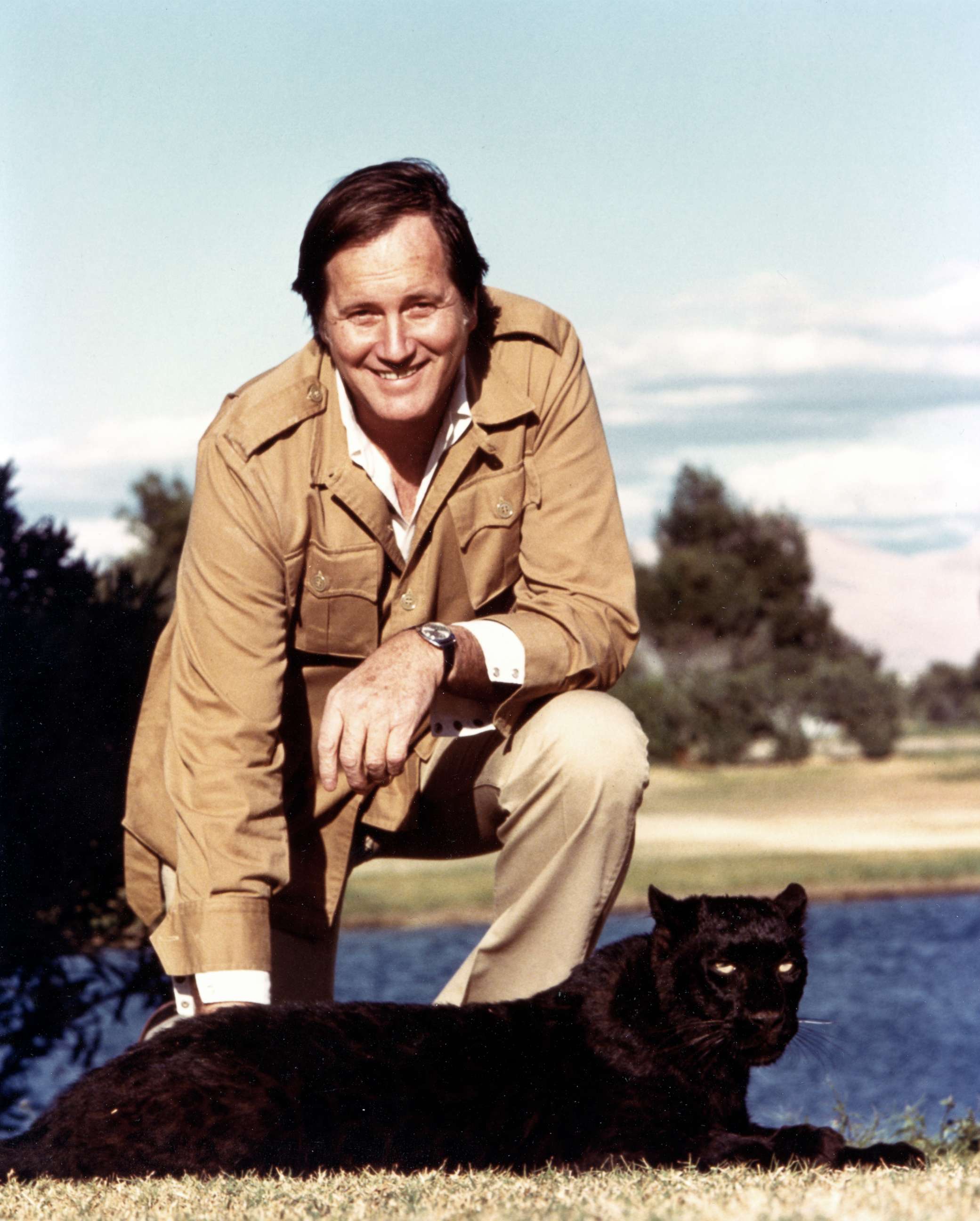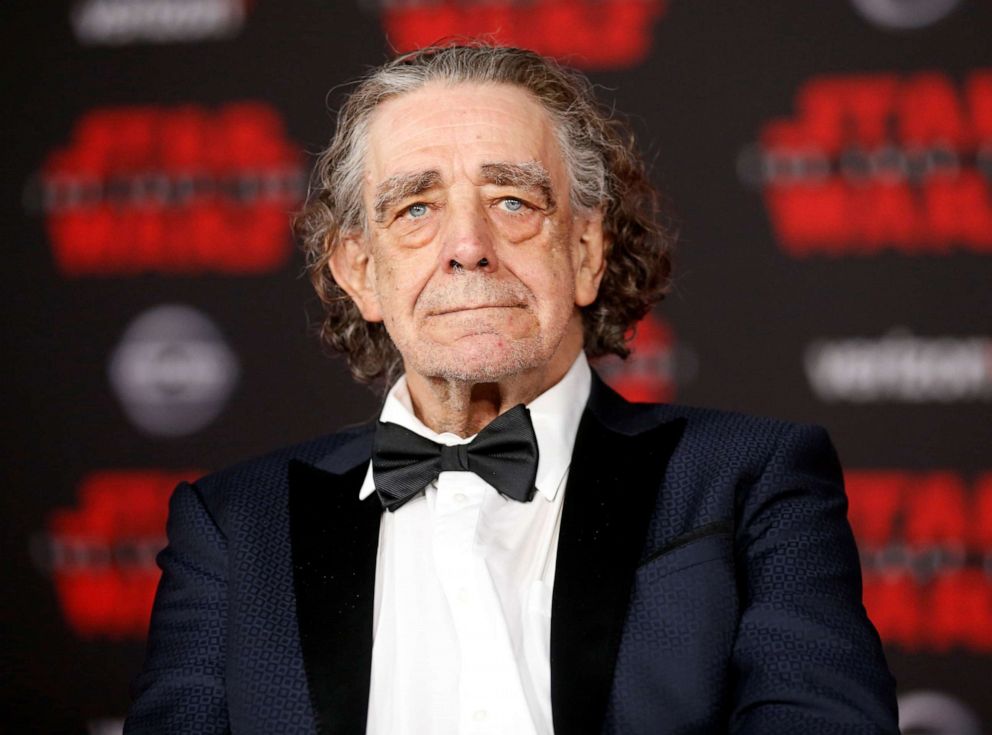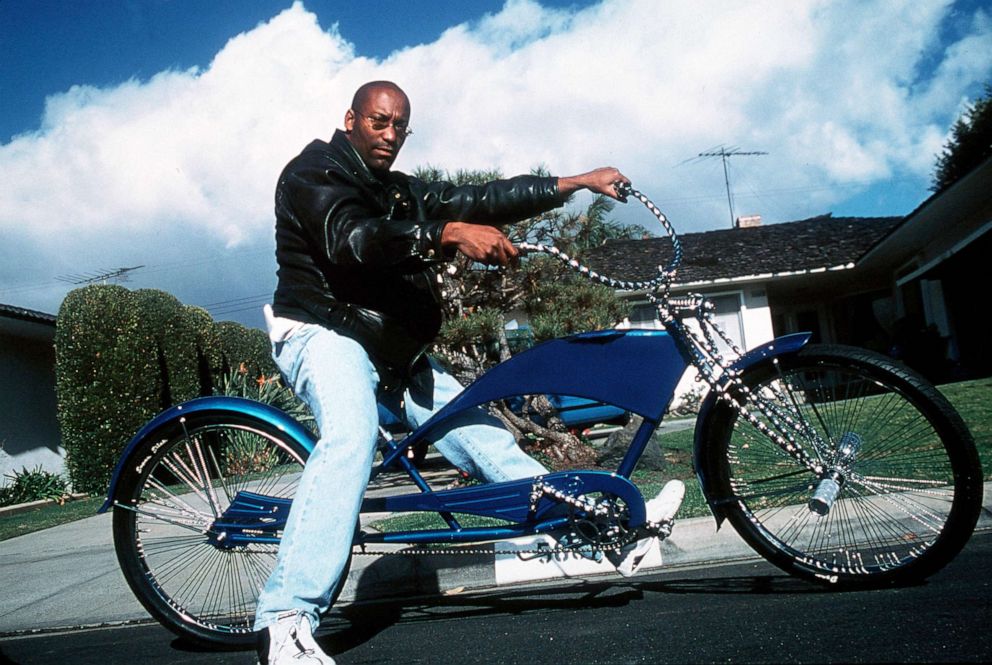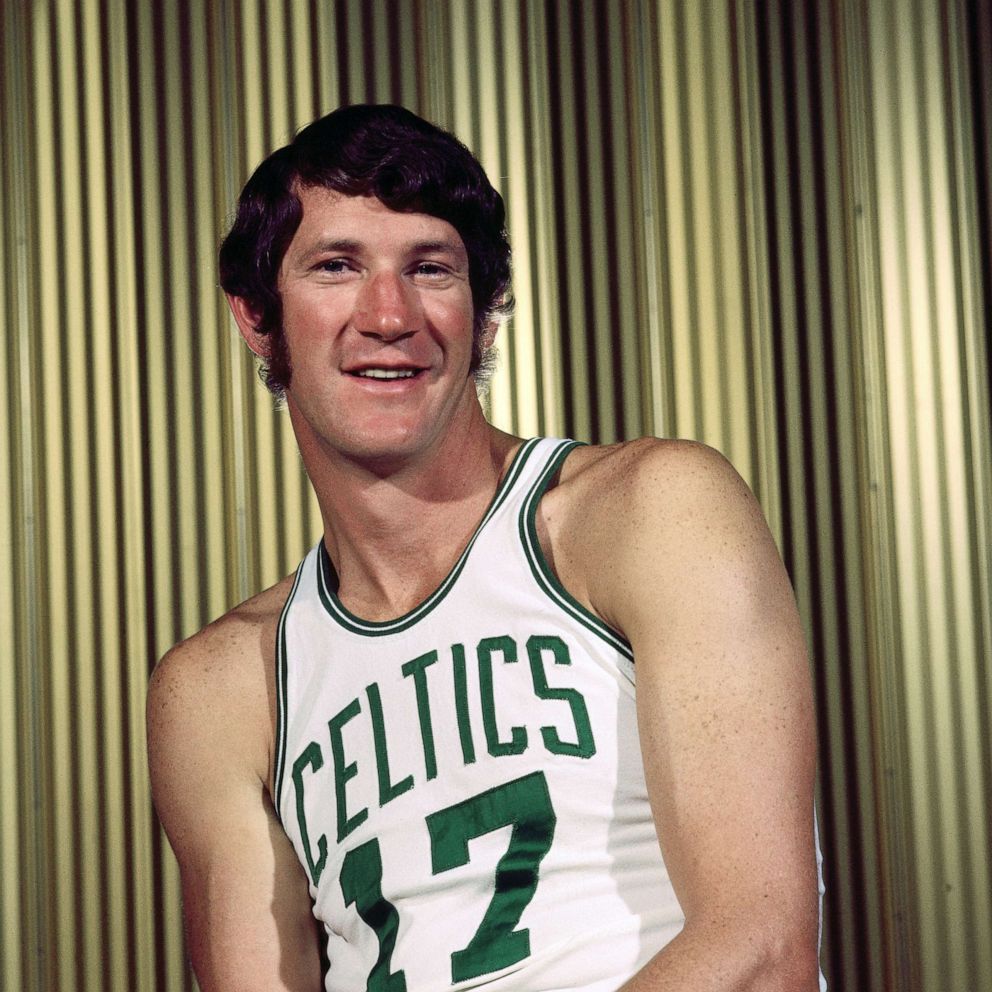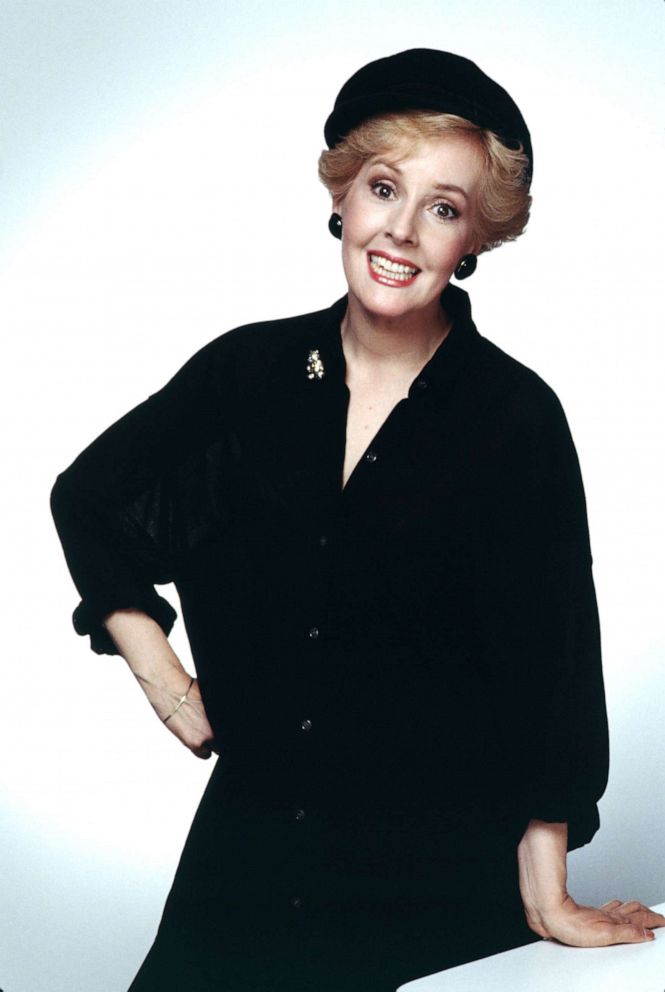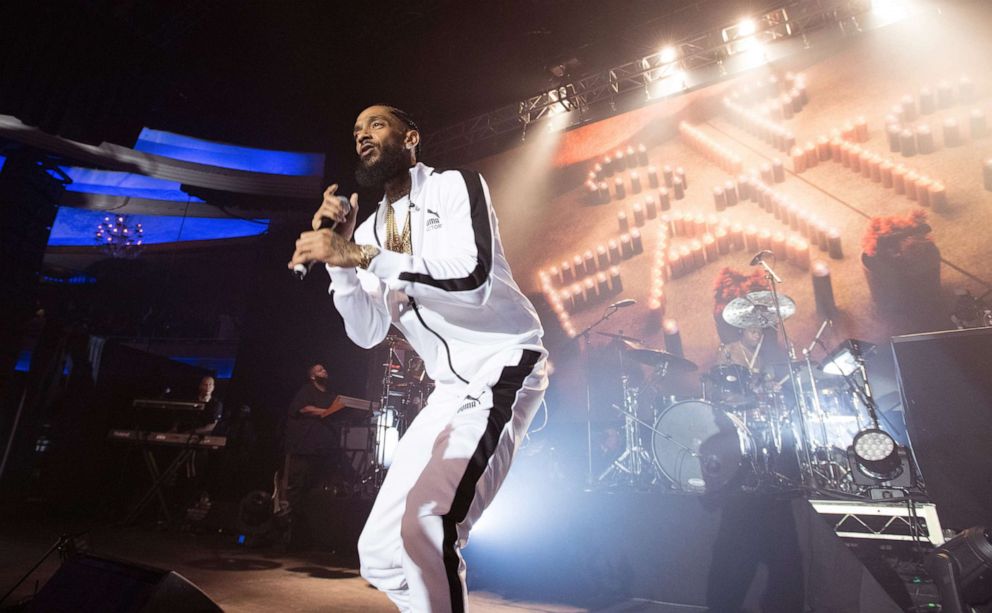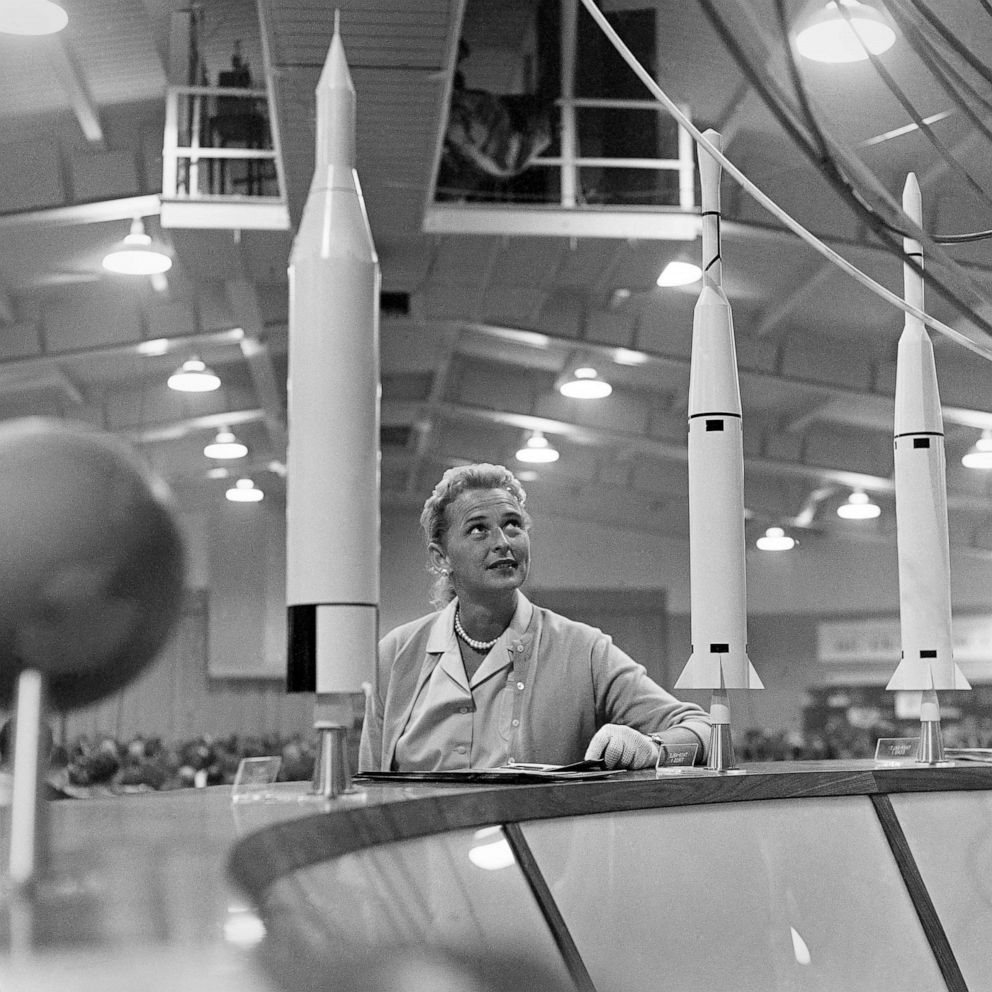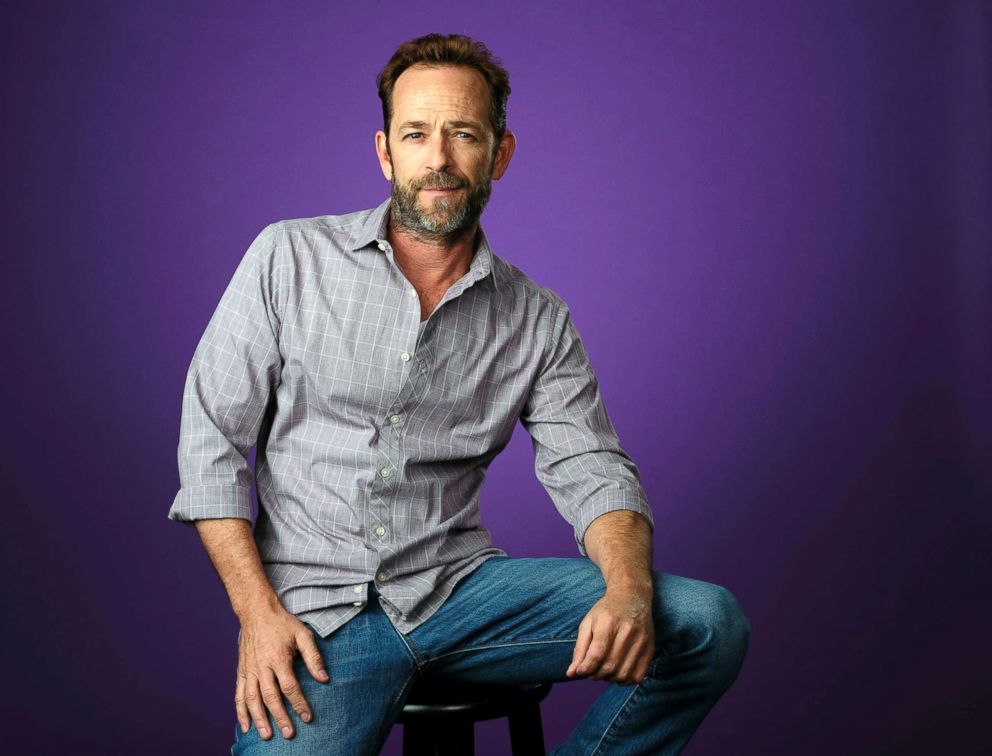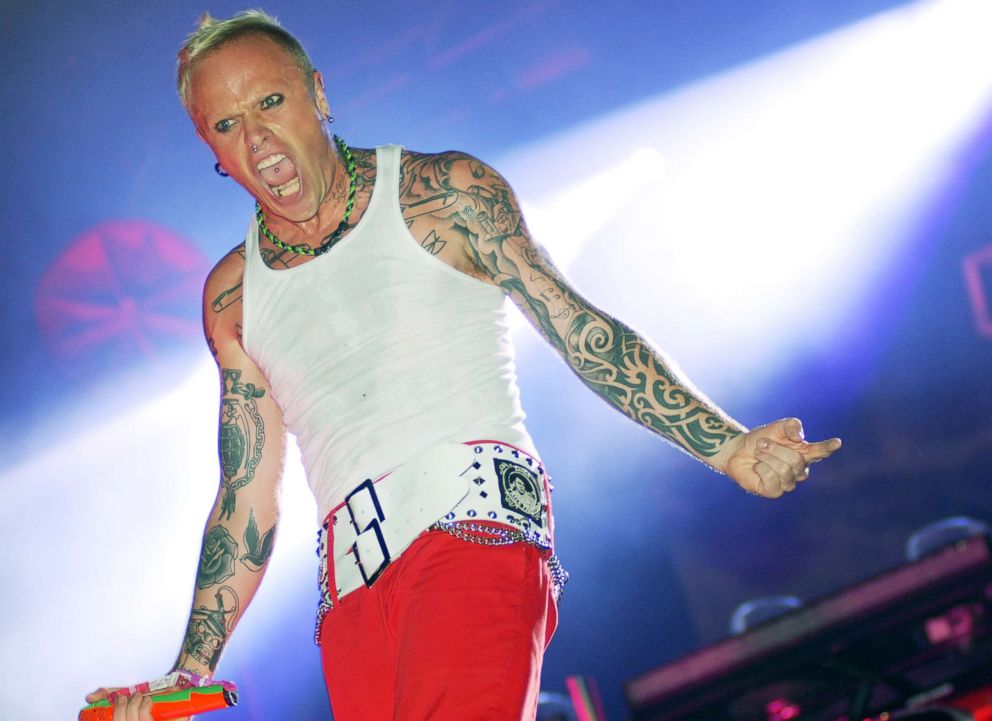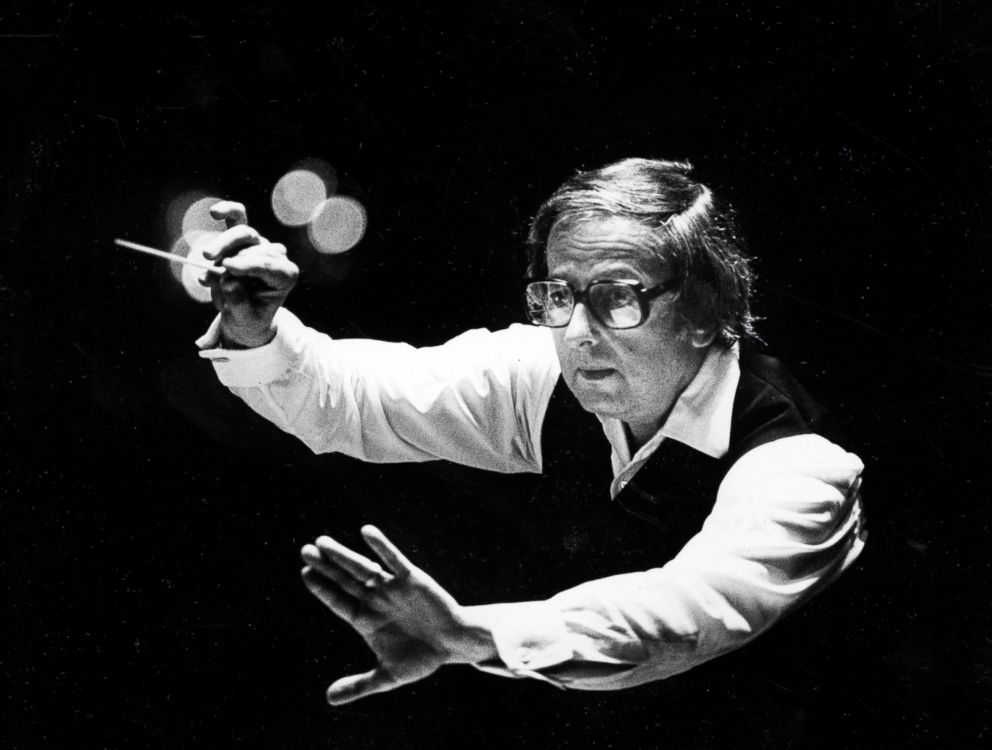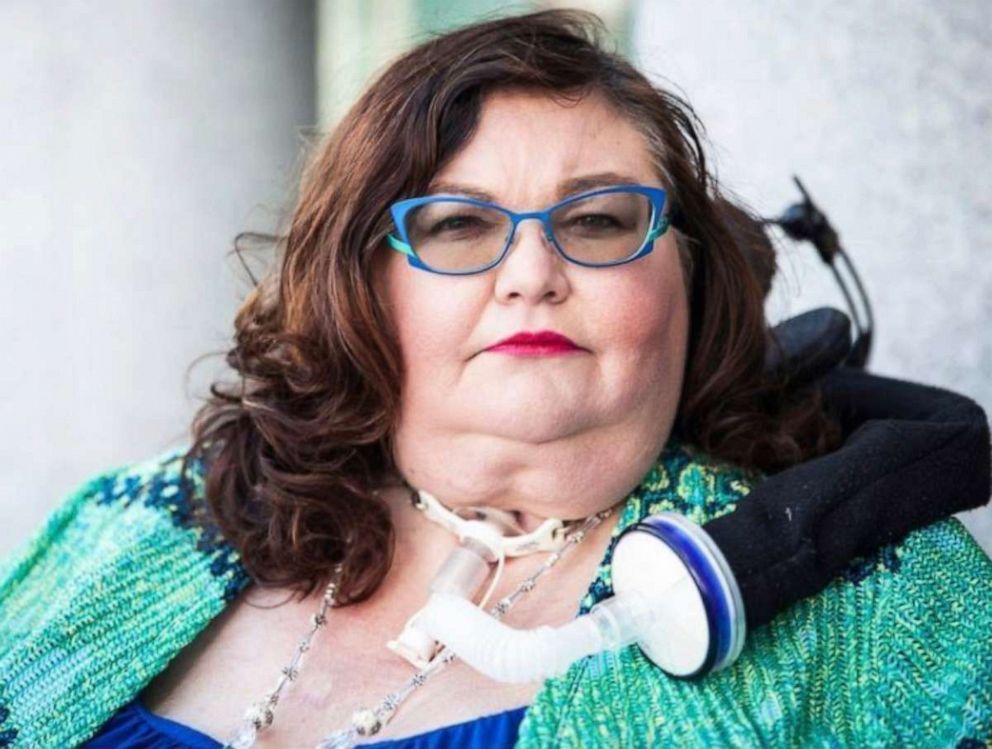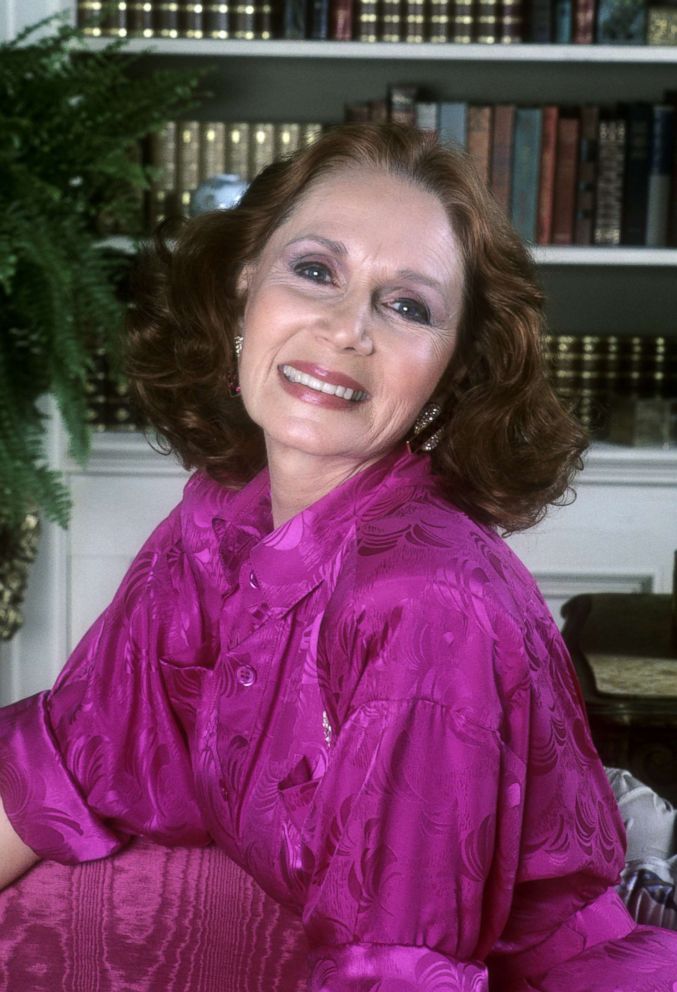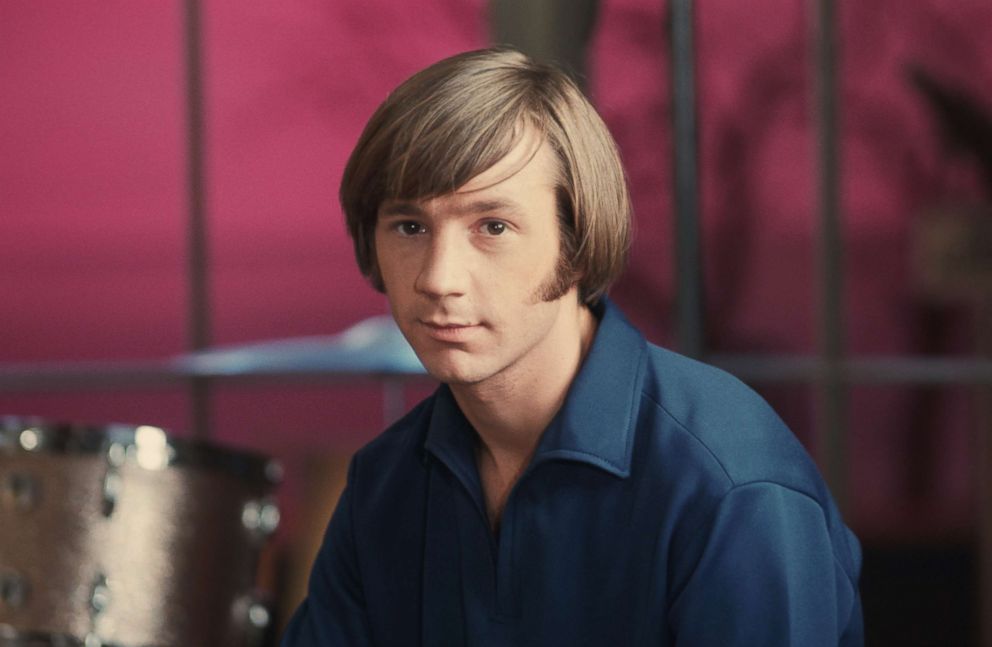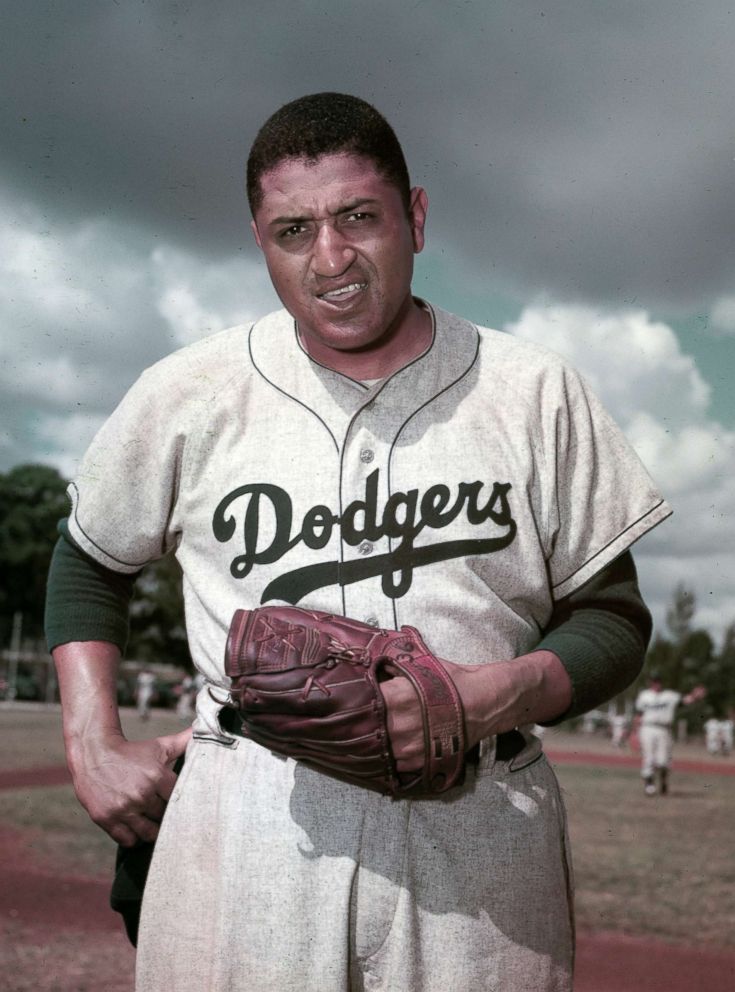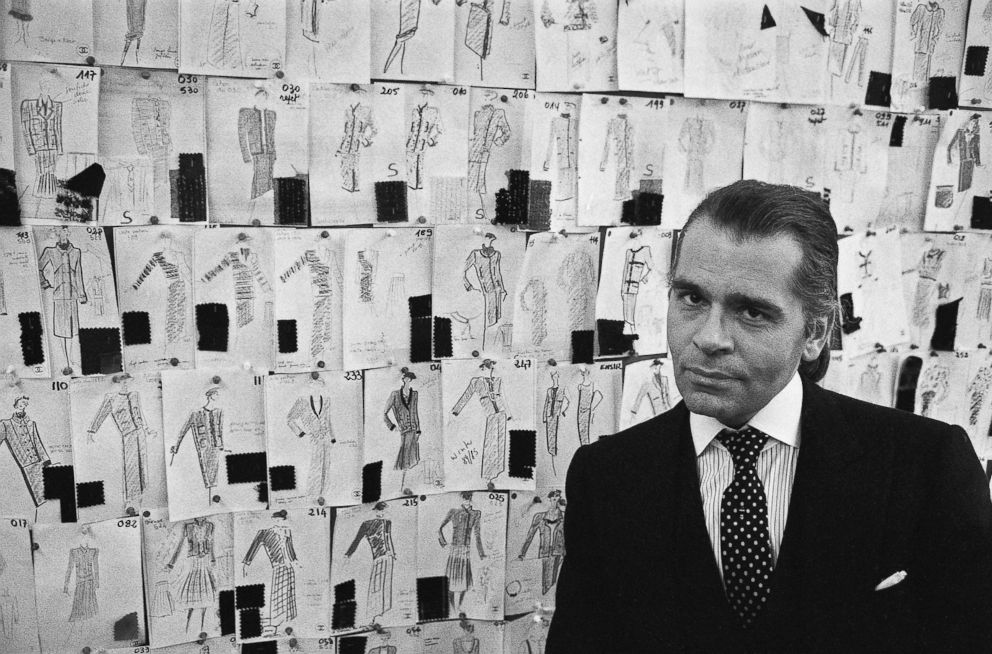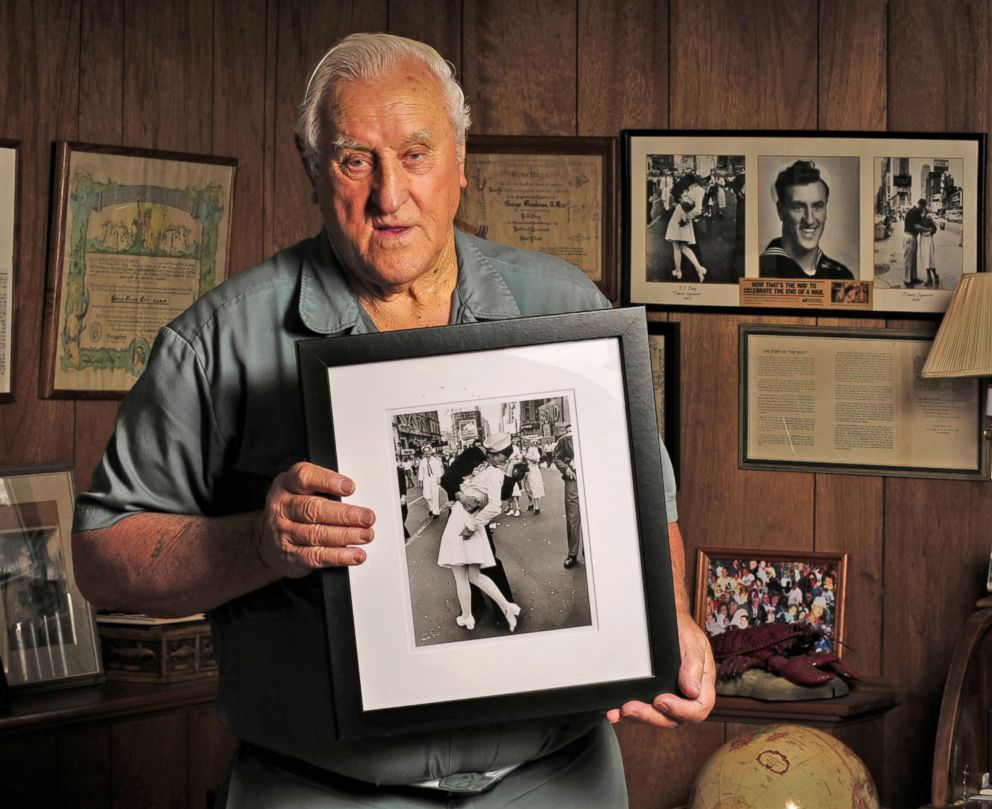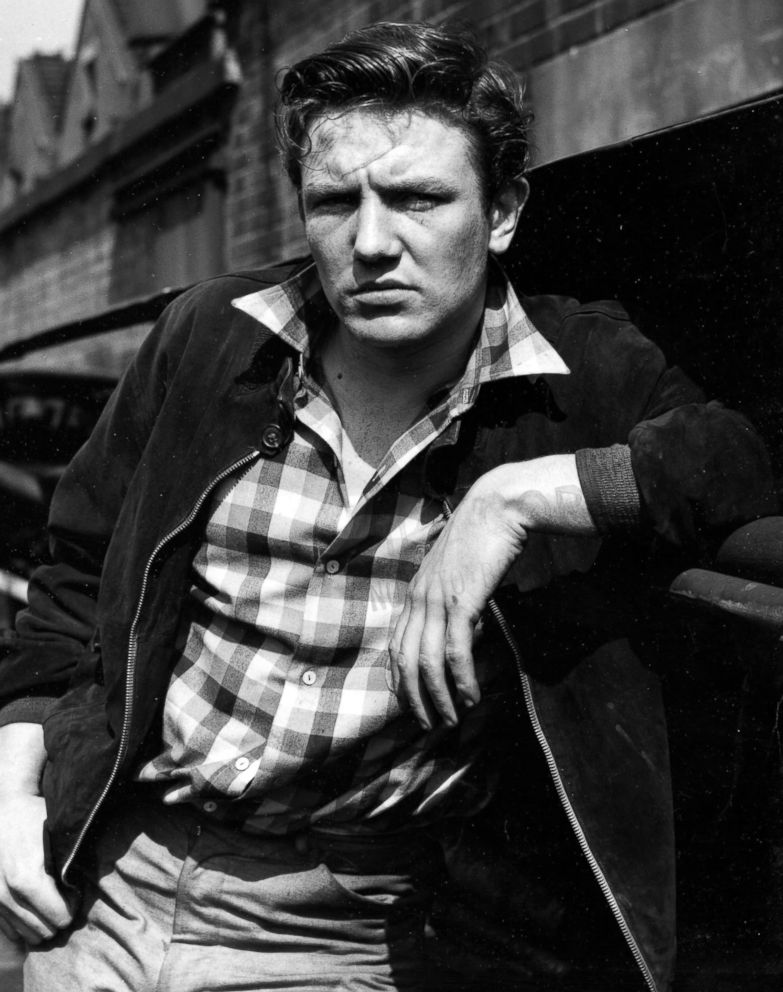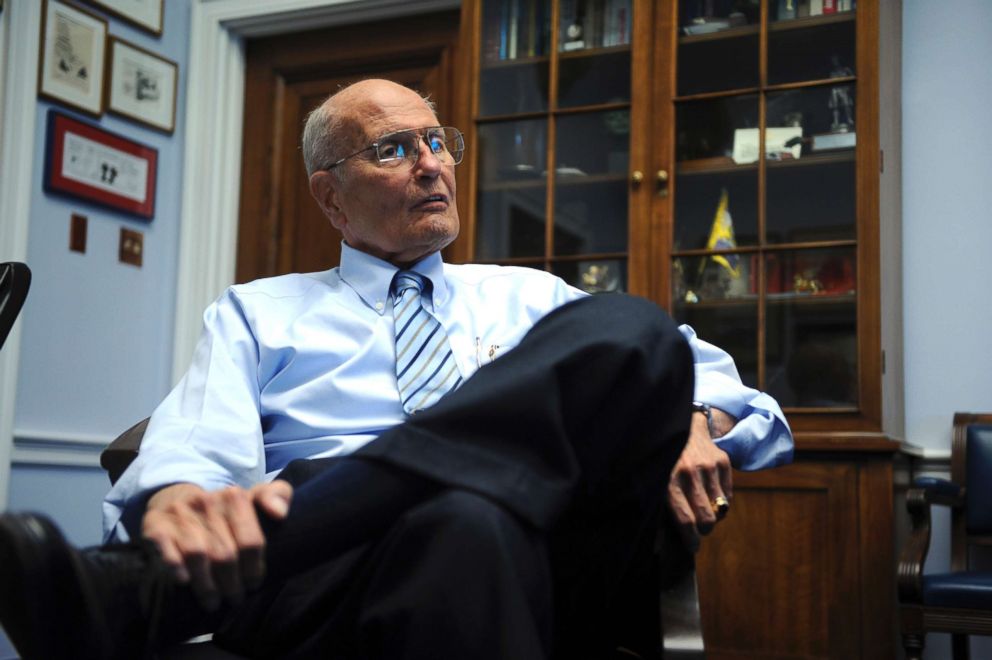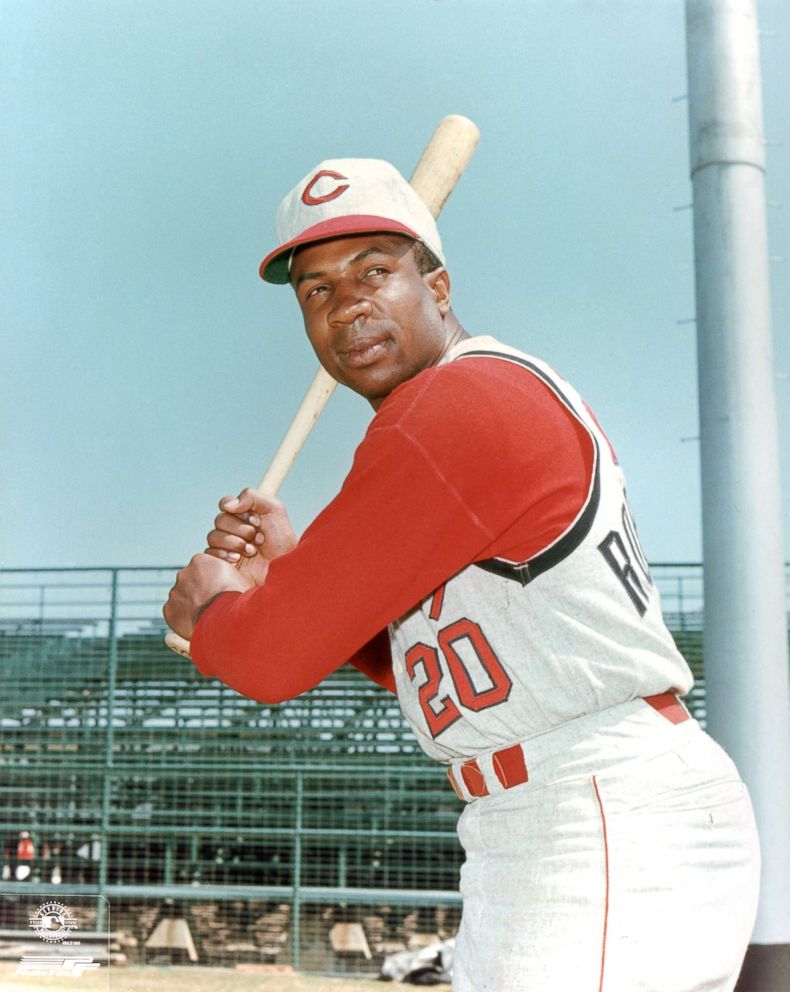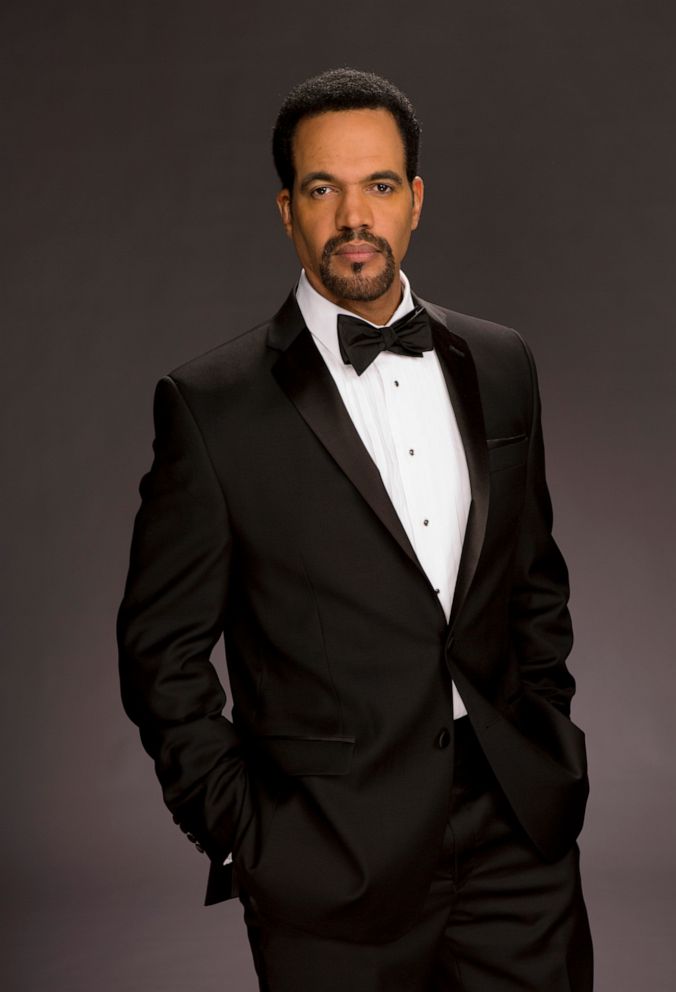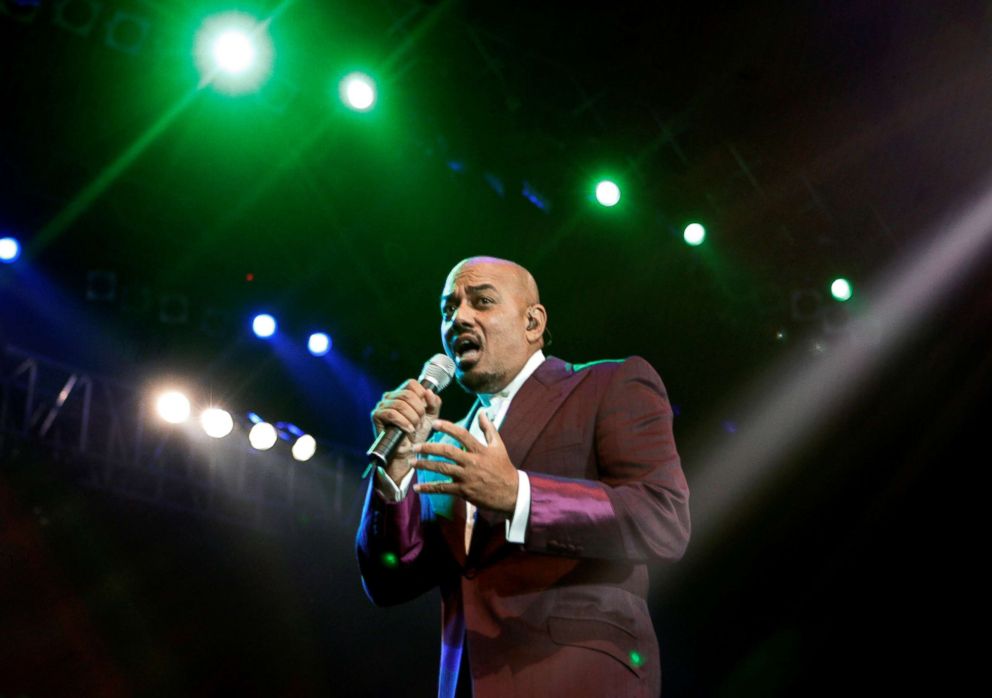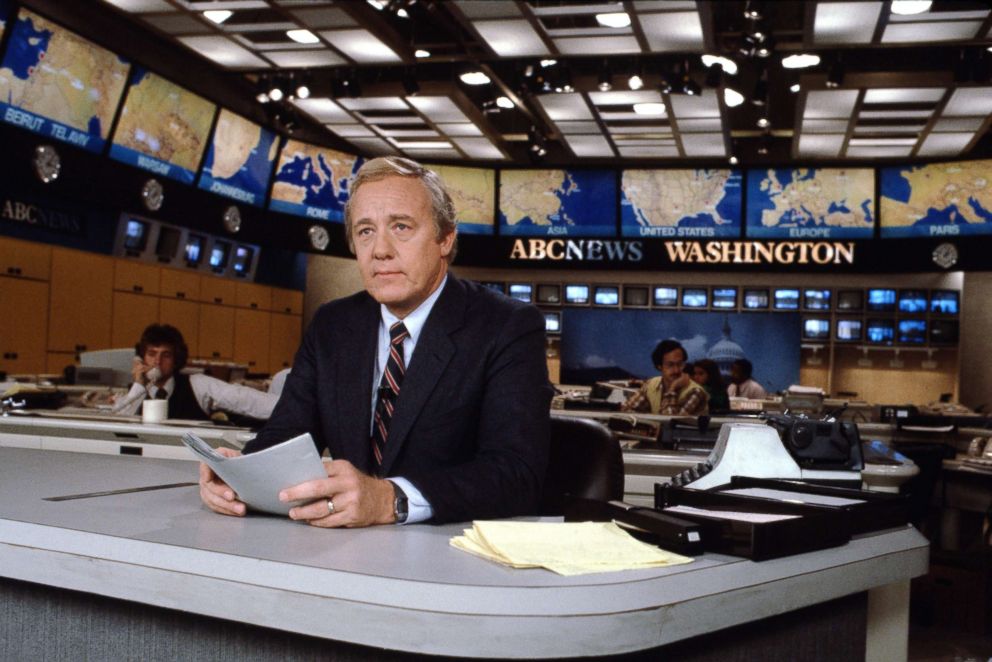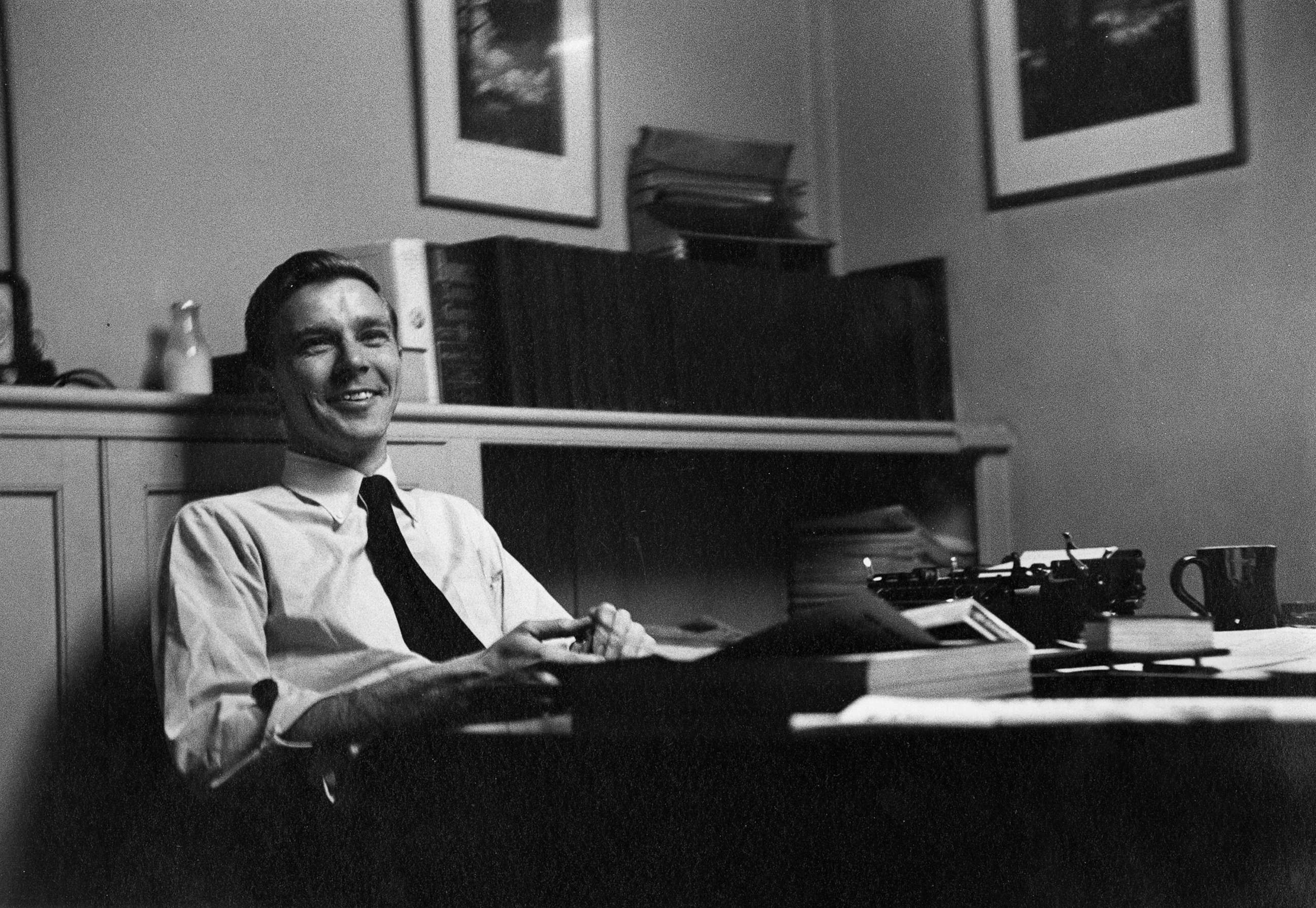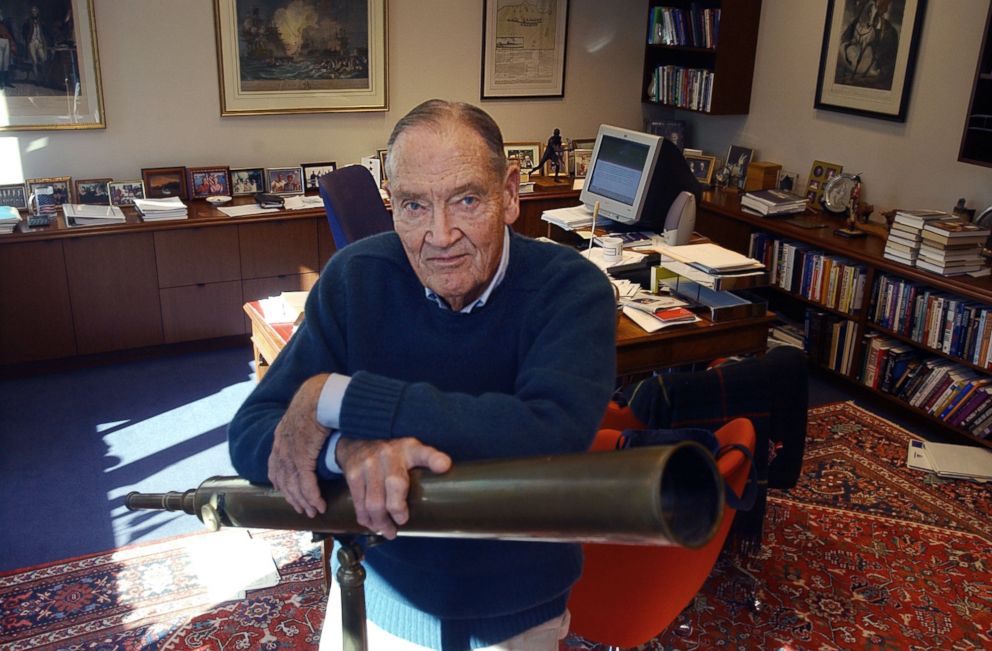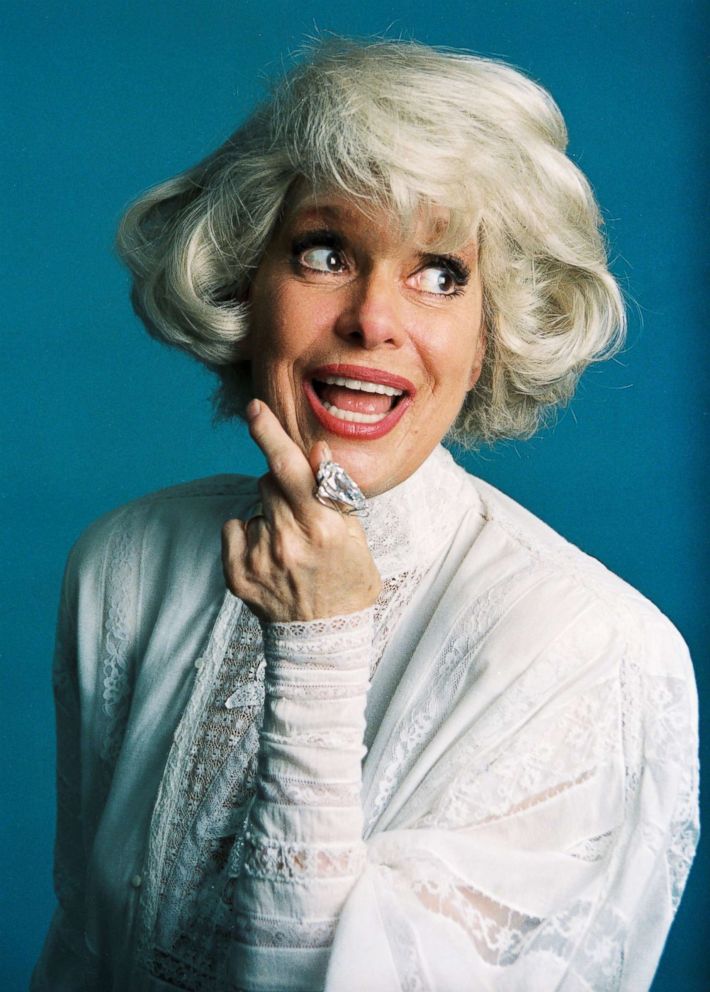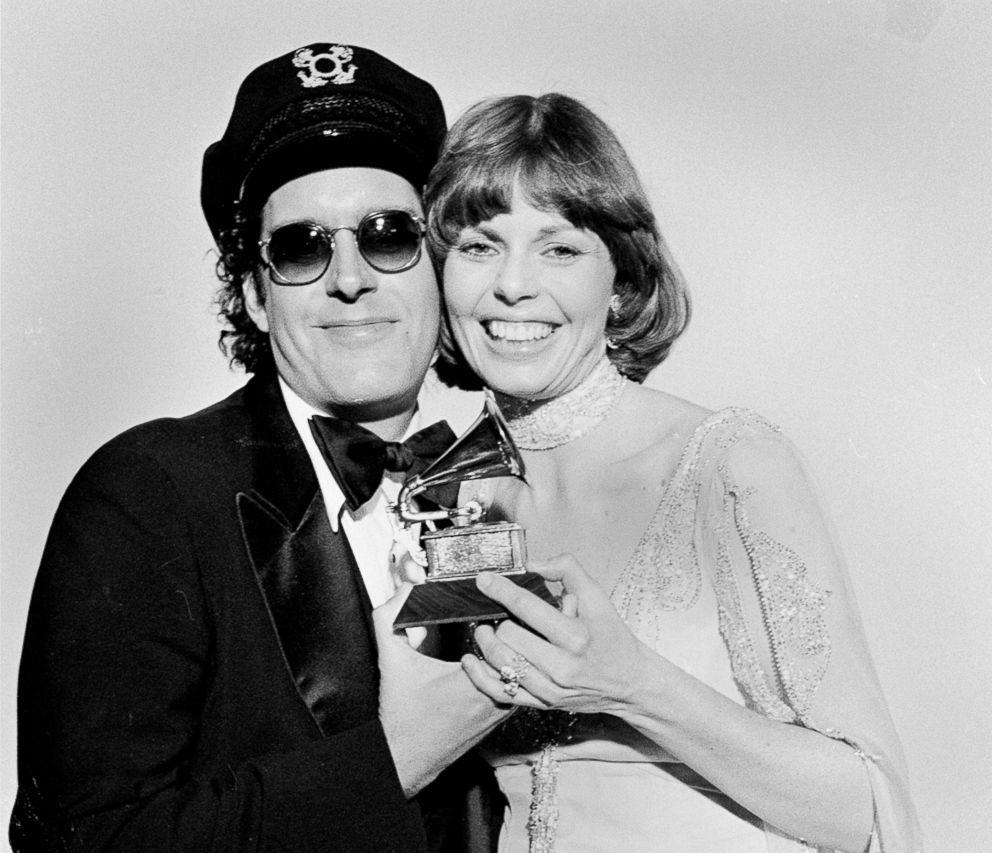Niki Lauda was a force of nature in the racing world and beyond: An appreciation
Lauda was a man who pushed through pain, and doubt, to achieve greatness.
He wasn't just a race car driver.
The arc of Niki Lauda's life is a remarkable story of struggle and human perseverance. So stunning, Hollywood made a movie about him. The three time Formula-1 Driver's Champion, Airline founder and executive, died this week at the age of 70.
In 1976 he was read his last rites after a horrific, fiery crash during a race at Germany's Nurburgring. Even though much of his face had been severely burned, his lungs damaged by breathing in toxic smoke, he battled back to return to a race car and compete within -- not years -- but weeks, in one of the most dramatic seasons in Formula One (F1) history.
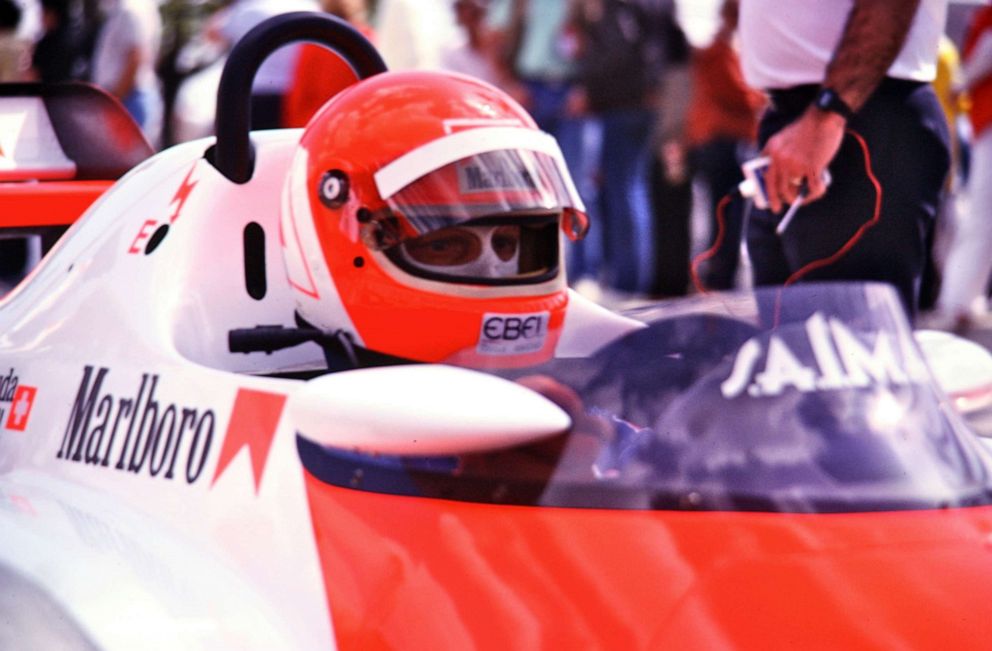
Lauda was born into an Austrian banking family. He was expected to follow in the family business. But he wanted to be a race car driver. His family refused to fund his dream.
So, he told journalists, he took out loans to make it in racing. When he finally made it to F1 he needed additional funding. He went to the family bank for a loan. He learned that his grandfather refused the loan. Lauda said he never spoke to his grandfather again.
Notable people who died in 2019
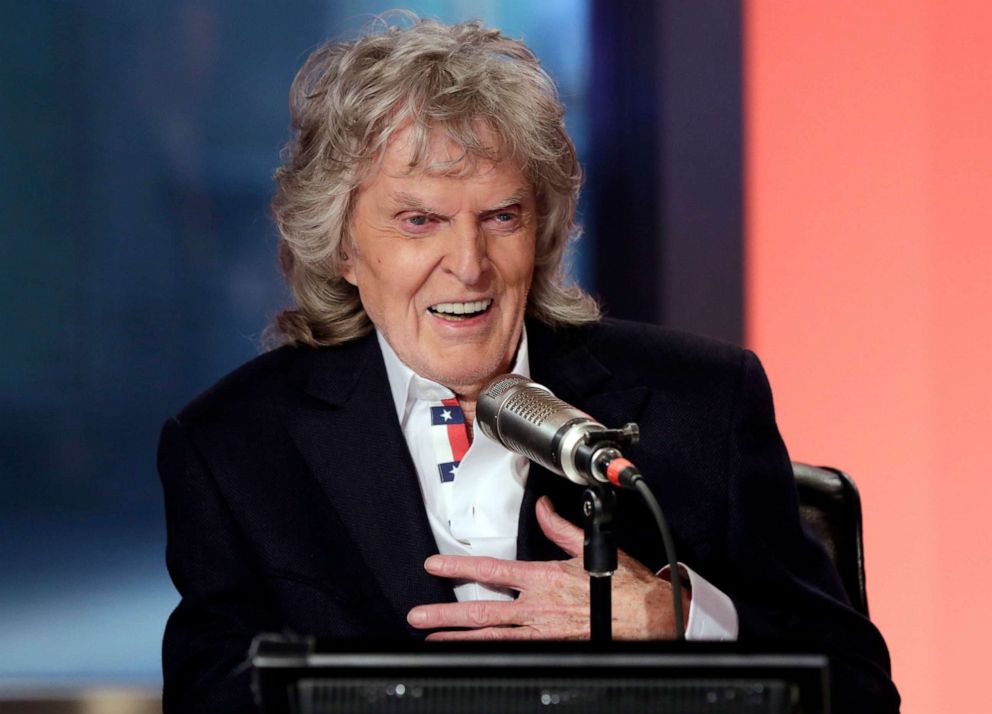
Lauda was known as a driver who could make suggestions for changes on a car or its setup that could improve his time. In 1976 he was battling the flamboyant playboy race car driver James Hunt for the title.
That's when the crash nearly took his life. He said he could hear the priest performing last rites and he willed himself to live.
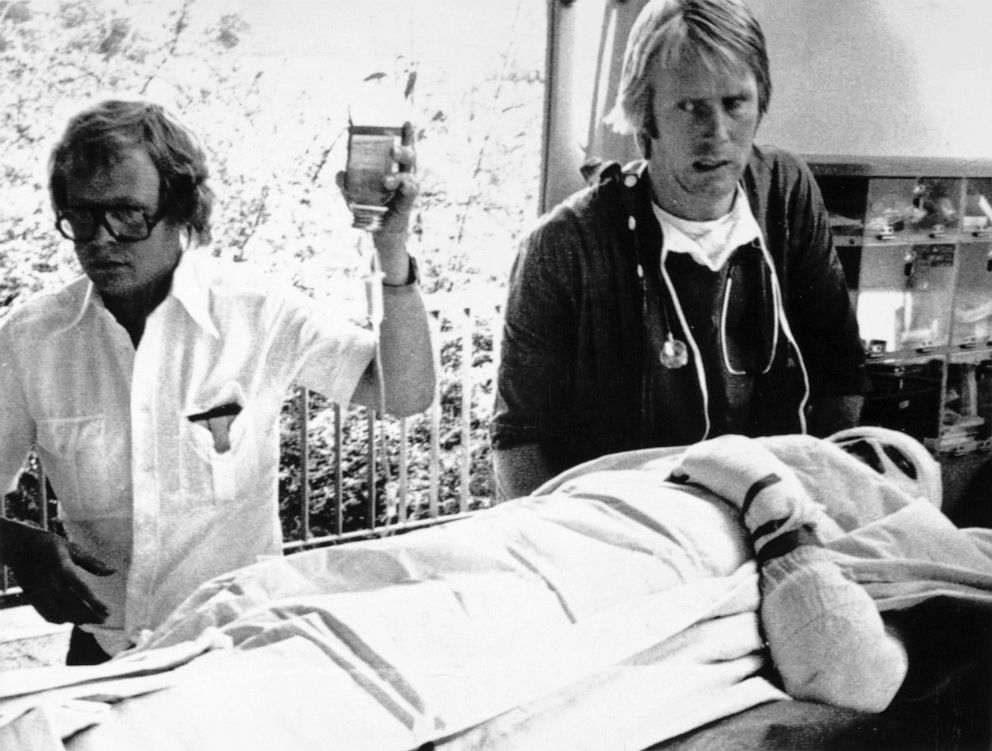
Missing just a few races, six weeks later he pulled his helmet over his still-healing head and got back into his Ferrari race car. He finished fourth in his return -- his balaclava soaked with blood from his wounds.
The battle for the driver's title that year came down to the last race of the season. It was pouring rain in Japan. Lauda told race officials not to start the race. They refused. Niki started the race. But despite all the work to get back in the car, he came into the pits, giving up the championship to Hunt and saying the track was too dangerous.
This is the story film director Ron Howard told in the movie "Rush." On Twitter, Howard called Lauda "a force."
"The F1 world knows of his grit and intensely competitive spirit, but that matched with his keen intelligence and wisdom made him a distinctively remarkable man," the director wrote. "A force."
I first saw Lauda at the Long Beach Grand Prix in the early 1980's. He had returned to F1 after his first retirement. He didn't seem self-conscious about his scars. But, he always wore a hat (later in life, he would sell rights to the hat he wore).
I took this photo with his famous Parmalat hat. Shortly after clicking this frame, a man came by without warning and suddenly snatched the hat right off of Niki's head.
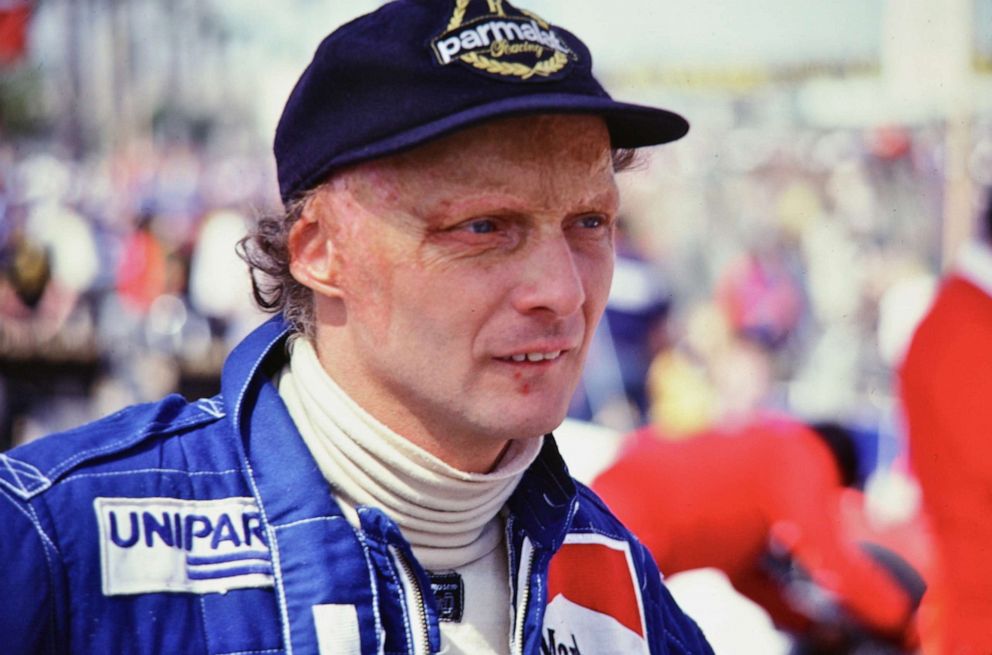
A couple of guys, there in the pits, took off after the hoodlum. Within a minute, Niki had his hat back.
In between his retirements, Lauda launched an airline. Lauda Air was a big customer of Boeing. In the 1990s, I was covering Boeing in Seattle and wanted to interview Niki when he came to pick up one of his new jetliners.
There was no e-mail at the time. So, I sent a letter to him in Austria. I even called his office, but Lauda never agreed to sit down and talk about his airline and his love of flying -- which filled in for his retirement from driving.
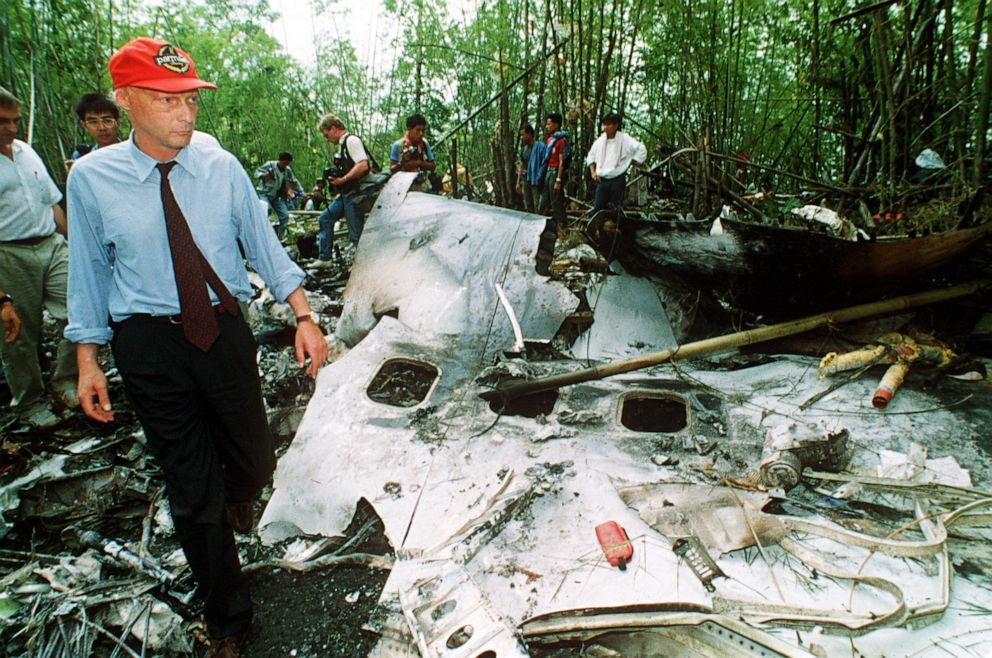
A Lauda Air Boeing 767 crashed in 1991 in Thailand and Lauda immediately traveled to the crash site to learn what happened to his aircraft.
It was determined that a thrust reverser deployed during flight. Lauda wanted to test the theory with Boeing in a simulator and was angered -- and vocal -- that the jet manufacturer at first declined. Lauda did get in the simulator and tried 15 times to recover from the same incident, and could not.
Lauda remained in aviation for several years, but later in life returned to F1. For the past several seasons he has been consulting for the Mercedes team as it has dominated the series.
Late last year, more than four decades after his lungs were severely damaged in the crash, Lauda underwent a lung transplant. He was released from the hospital early this year, but then was re-admitted. Reports list his cause of death as kidney problems.
With injuries he fought so long ago, possibly contributing to his final battle. Niki Lauda was a man who pushed through pain, and doubt, to achieve greatness again, and again.
